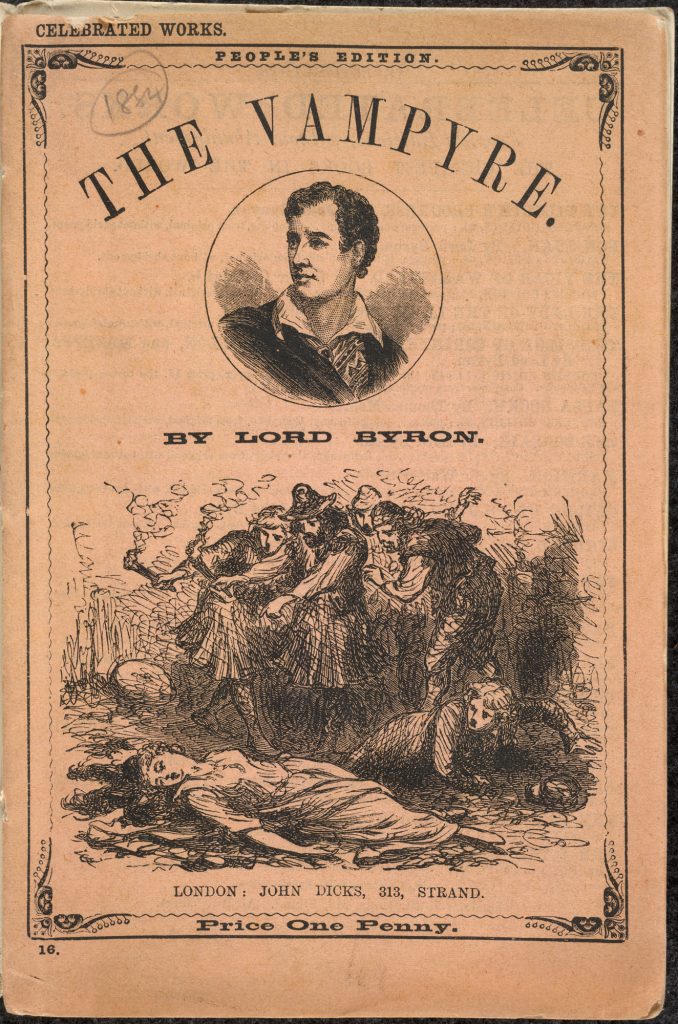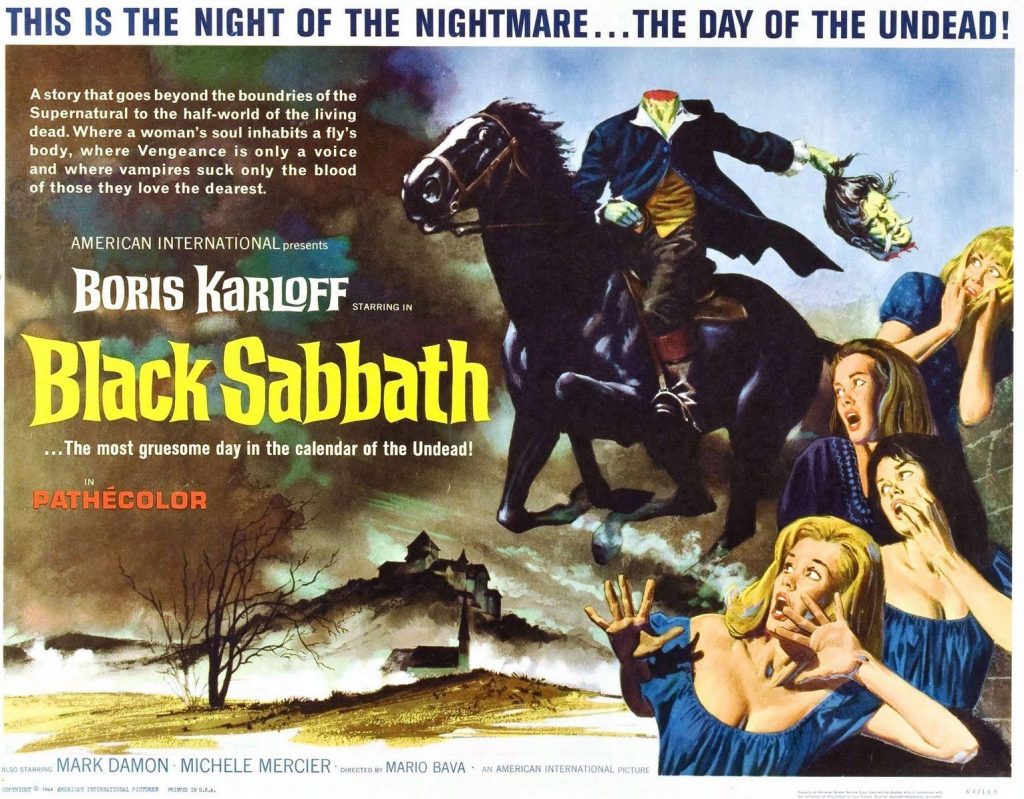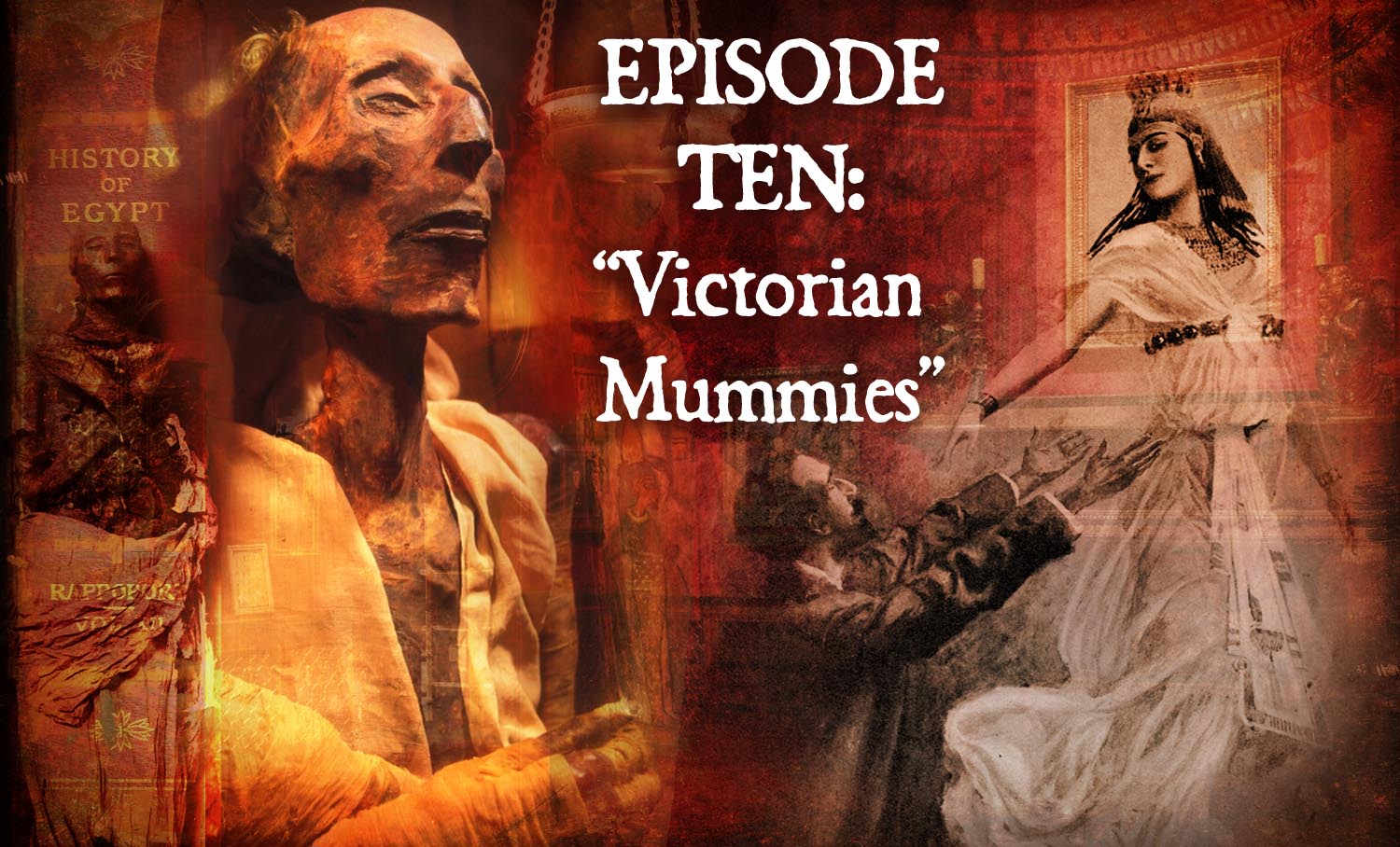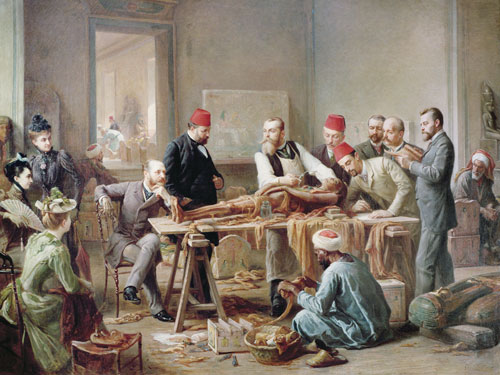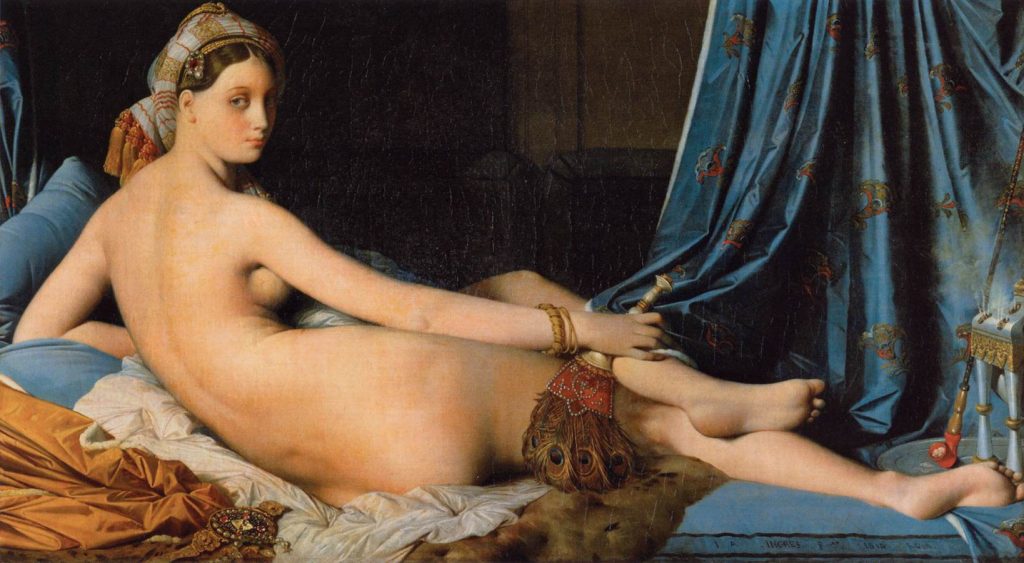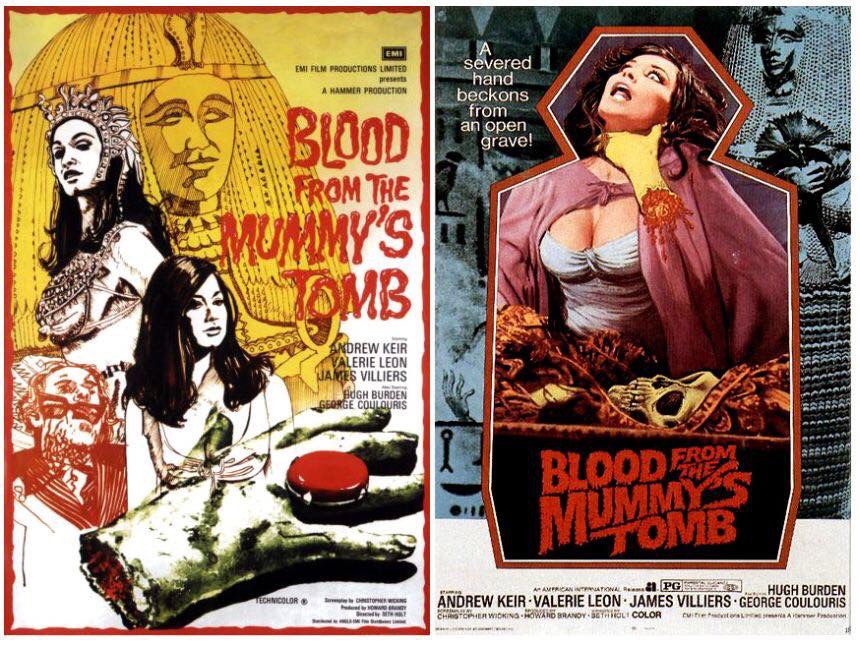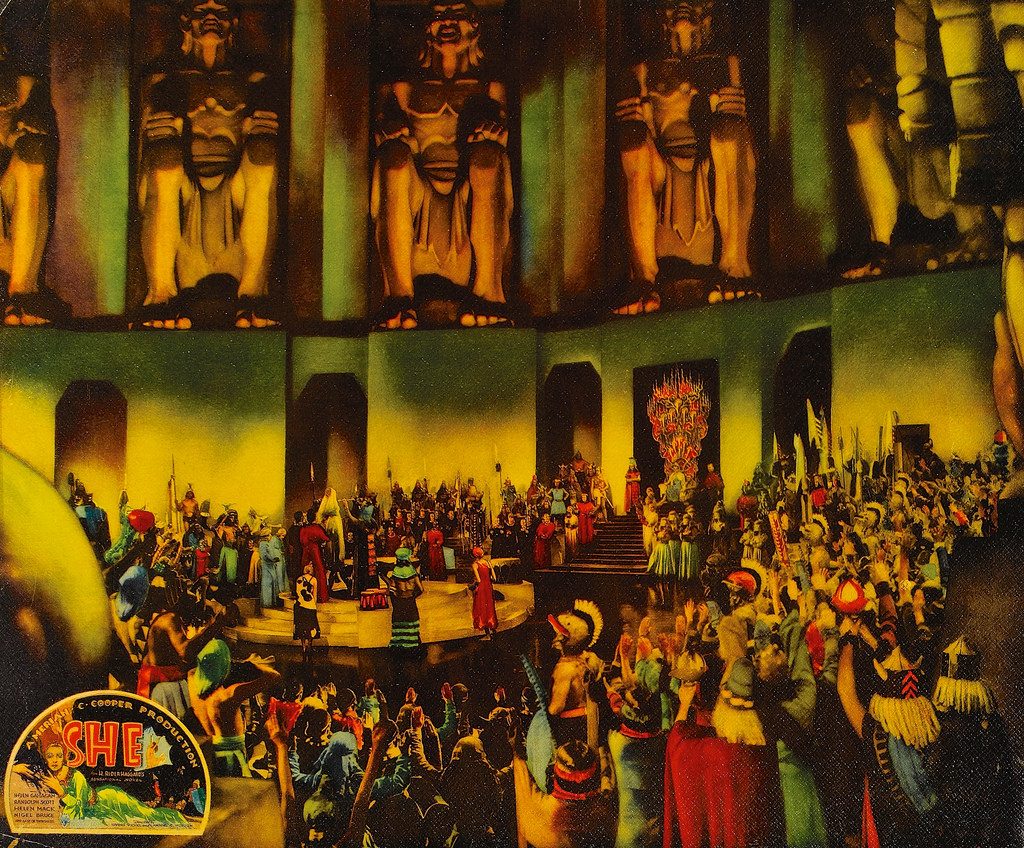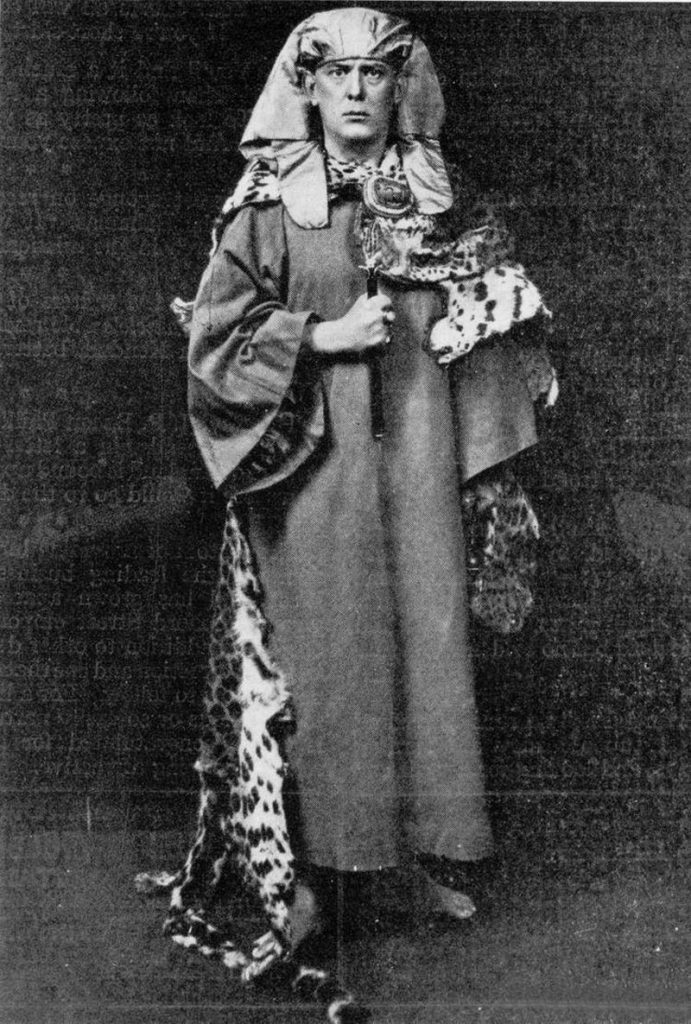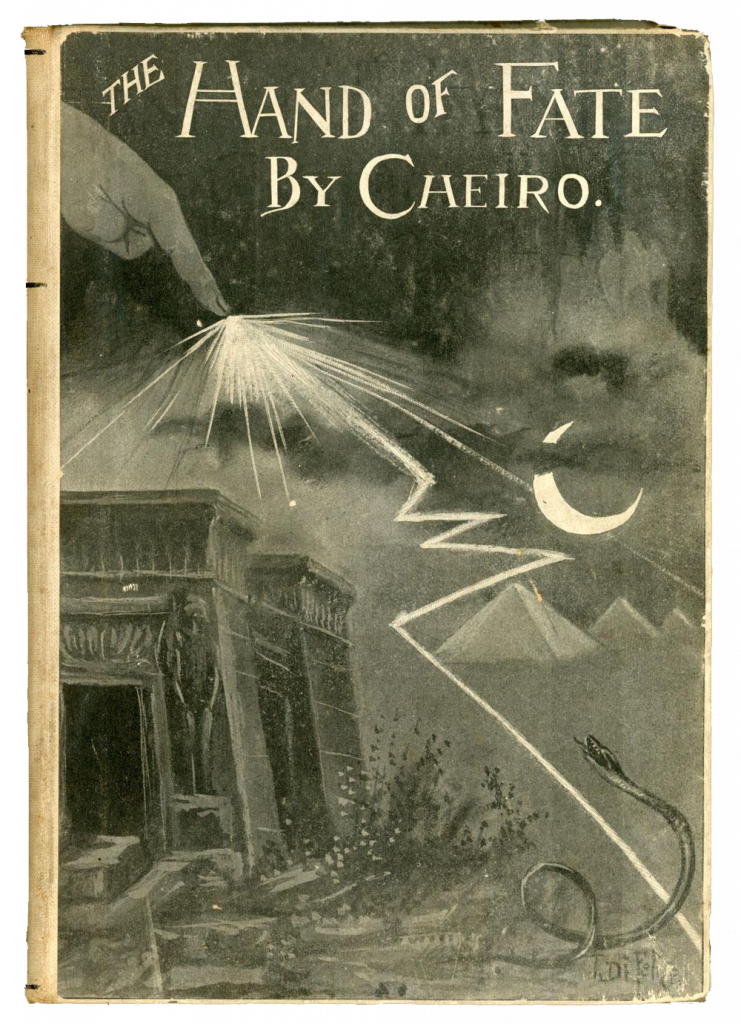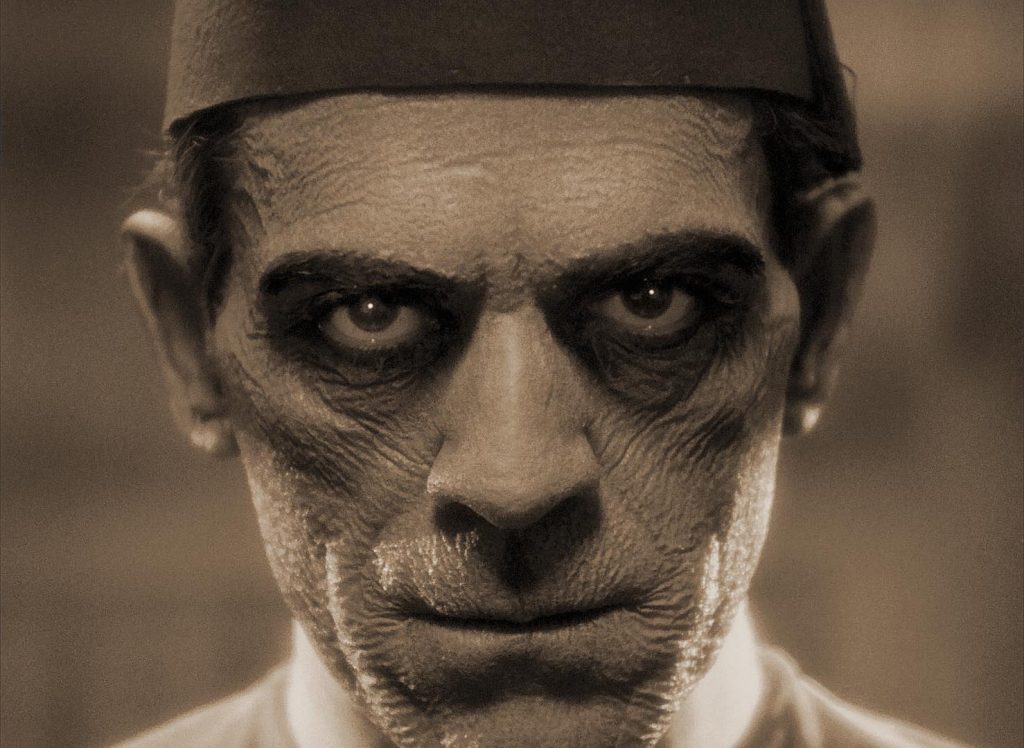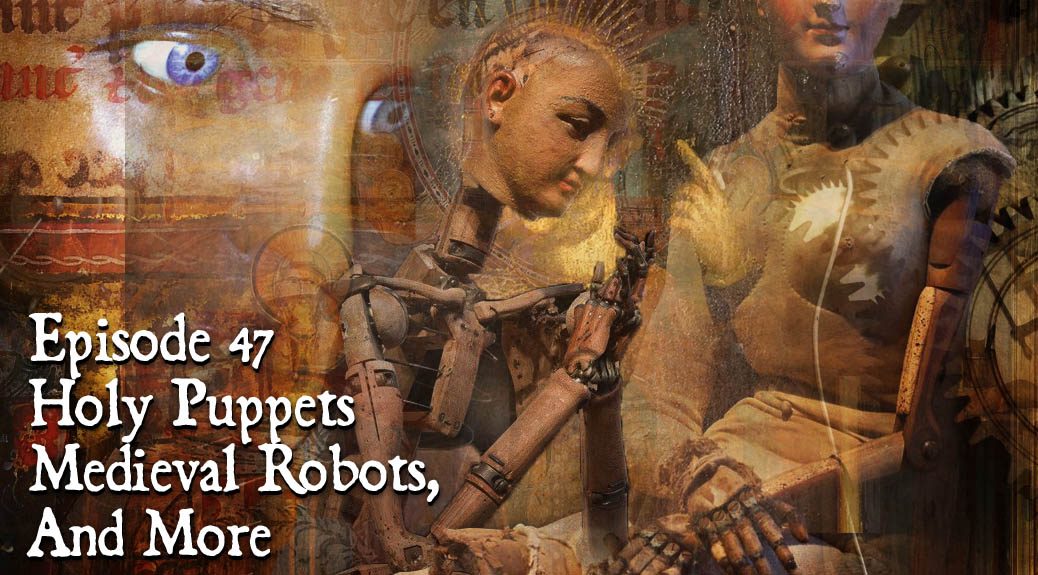
Holy Puppets, Medieval Robots, and More
Podcast: Play in new window | Download (Duration: 47:21 — 54.2MB)
Subscribe: Apple Podcasts | Spotify | Android | Podchaser | RSS | More
This episode looks at puppets given life through magical or mechanical means, holy puppets of the Catholic Church, medieval robots, an early automata of gothic literature, some related films, and an Alpine sex puppet that only puts up with so much.
We begin at the end of Carolo Collodi’s original Pinocchio story, or at least the end of the story’s first draft as serialized by the Italian children’s magazine, Giornale per i bambini in 1881. As is our way, we examine some of the darker elements of the tale that never made it into the 1940 Disney film, (though we do hear a snippet of one particularly dark scene from that film.)
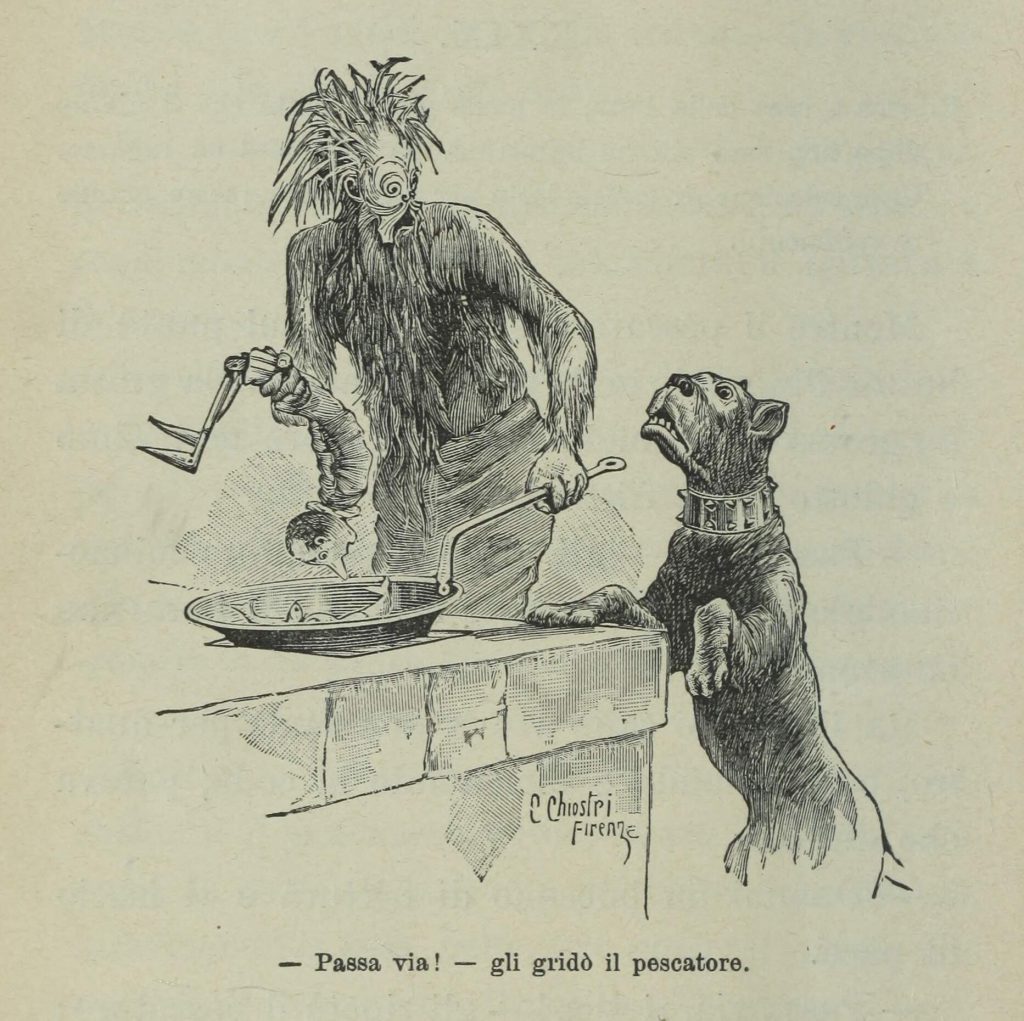
Long before Collodi imagined his marionette, the medieval Church made use of puppets, or jointed figures, that could be manipulated to enact Christ’s Passion during Easter week. Along with jointed shoulders allowing a figure of the Savior to be naturalistically unpinned from the cross, many of these puppets featured joints at the knees, elbows, and hips; some had rotating heads, and some fingers jointed to match each skeletal bone. Others were rigged to bleed, roll their eyes, or even appear to speak. We hear a report of a particularly bizarre method used to simulate tears in one figure from Germany as well as some interesting trickery resorted to by Bernese monks in the 1600s.
One of the most famous of these figures, especially because of its strangely lifelike skin, is the Christ of Burgos, Spain. Mrs. Karswell reads for us a passage mentioning a particularly gruesome legend associated with the figure from French poet and writer Théophile Gautier’s 1843 book, Wanderings in Spain.
Another famed Christ puppet was the 15th-century Rood of Grace once housed at a now ruined abbey in the town of Boxley in Kent. A number of miraculous abilities were attributed to this figure, which was attacked (literally) by Protestant Reformers as an example of Catholic chicanery. We hear of its unseemly end and an equally unseemly ballad by which Cromwell’s men mocked the figure in bawdy verse.
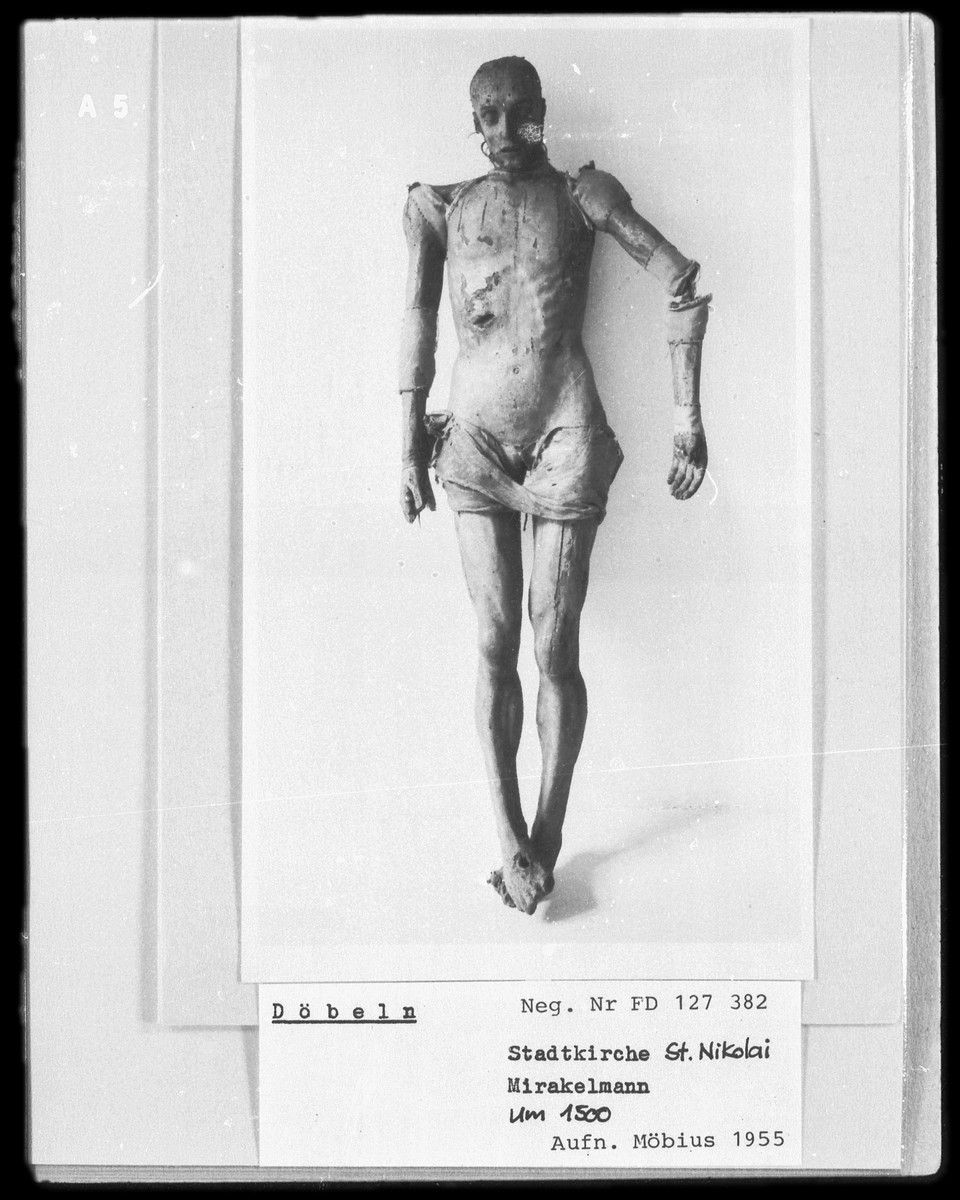
Spain’s particularly rich heritage of mechanically animated holy figures owes much to Muslim innovations there. It was from here that geared devices such as astrolabes entered the West, and here that that weight-driven clocks were employed almost two centuries before their use elsewhere in Europe. We hear a few examples of Eastern travelers tails of automated wonders (and automata) from the first century, including one describing the remarkable Palace of the Tree in Baghdad.
Such real-world (if a bit mythologized) accounts were an inspiration in the medieval West, particularly in the Anglo-Norman epic poems or Romances of the 13th century. We hear some passages describing the mechanical marvel’s of the fairy Esclarmonde’s bedhcamber from the Romance of Escanor by d’Amiens and of a confronation between the knight Huon de Bordeaux and a pair of giant men of copper armed with flails.
Esclamonde is an interesting figure as she is sometimes said to have been tutored by Virgil, the ancient Roman poet, who in medieval legends had become something of a wizard. There are dozens of tales of Virgil crafting of metal assorted mechanical or magical wonders: flies, horses, human figures, and a serpent (or lion) which predates the legends associated with the Bocca della Verità (mouth of truth) adored by tourists in Rome (and described by Cary Grant in the clip we hear from the 1953 film Roman Holiday). Virgil’s enchanted castle in Naples was also said to be guarded by men of copper, armed with flails — as in the Norman poem. And we hear of a strange ritual whereby the wizard was said to have attempted to cheat death, one involving a bit of butchery and grievous mistakes.
We also look at the 13th century tale known as the “Prose Lancelot” as well as Chrétien de Troyes’ telling of the Perceval legend, both from the same era and both featuring animated men or beasts of metal with which the knights must grapple. In these cases, however, the figures are animated by demons who must also be defeated.
Often these medieval robots would be presented in scenes depicting underground treasure-houses or tombs. We hear one such story told in a William of Malmesbury’s chronicle Deeds of the Kings of the English, and another from the French Romance of Eneas.
The legends of Tristan and Isolde also furnishes us a similar example in a 12th-century version by Thomas of Britain. It features Tristan romancing a mechanical replica of his beloved Isolde, who resides in his secret “Hall of Images” along with a mechanical maidservant and mechanical dog.
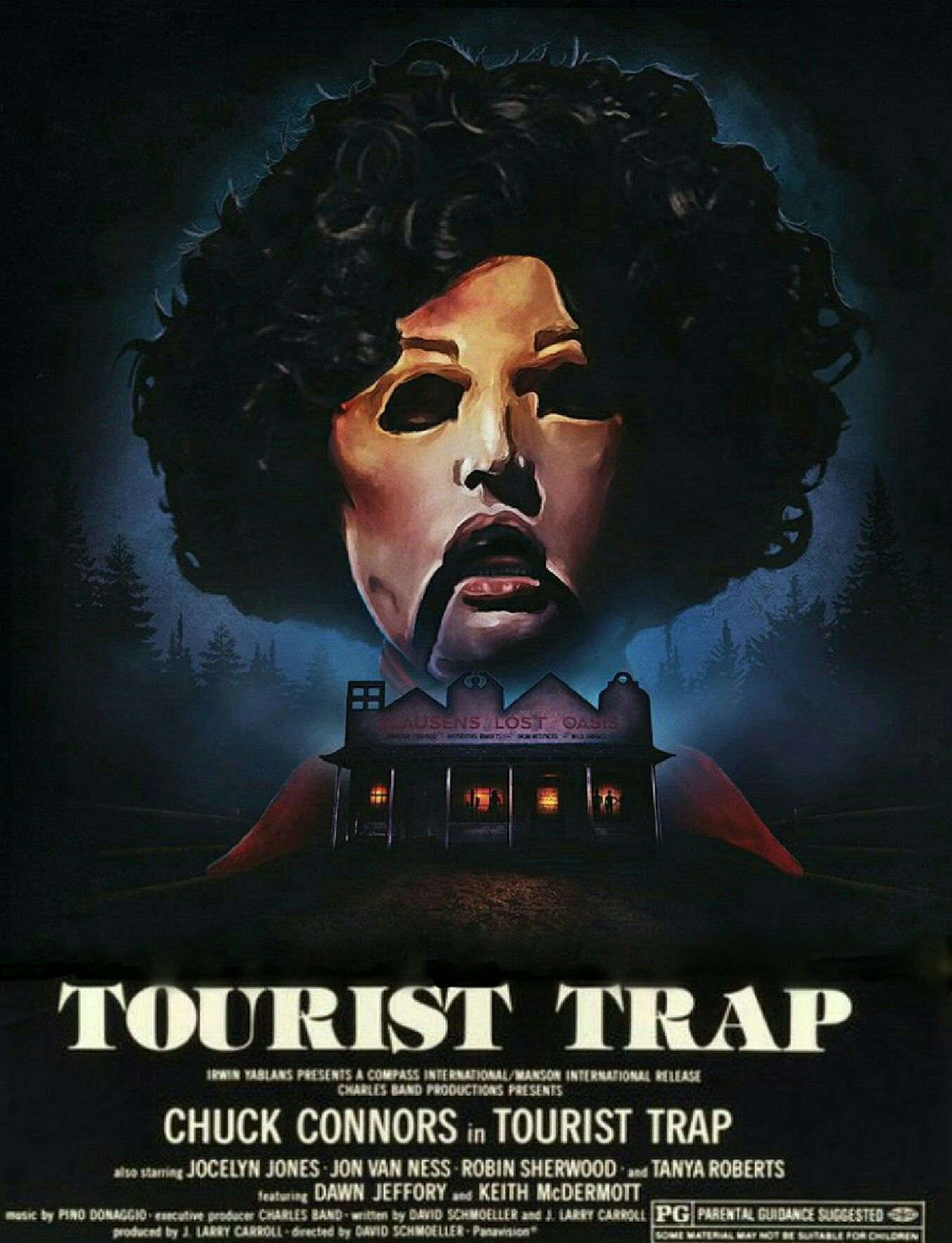
The psychological morbidity of Tristan making out with a lost lover is reflected in a few bizarre horror films from the 1970s. We discuss 1979’s Tourist Trap and 1971’s Vincent Price vehicle, The Abominable Dr. Phibes, both of which feature automata. We also hear a bit about the 19th-century German writer E.T.A. Hoffman’s short story “The Sandman,” which features a mechanical woman who becomes the object of the narrator’s crazed obsession. You can read this delightfully dark and invenntive story in English here.
Our final lifelike puppet comes from the Alpine legend of the Sennentunschi or doll used (erotically) by the lonely herdsmen (or “Sennen”) during their long seasonal isolation on remote mountain pastures. Created out of rags, straw, and other odds and ends — initially out of boredom and mischief — the doll is brought to life by an irreverent “baptism,” and after serving the herdsmen enacts a gruesome revenge for the indignities it suffers at their hands. We hear a clip from the entertaining Swiss film of 2010, Sennentunschi, and hear of an actual specimen of a Sennentunschi doll (or one assumed to serve this function, sans supernatural animation) discovered in 1978.
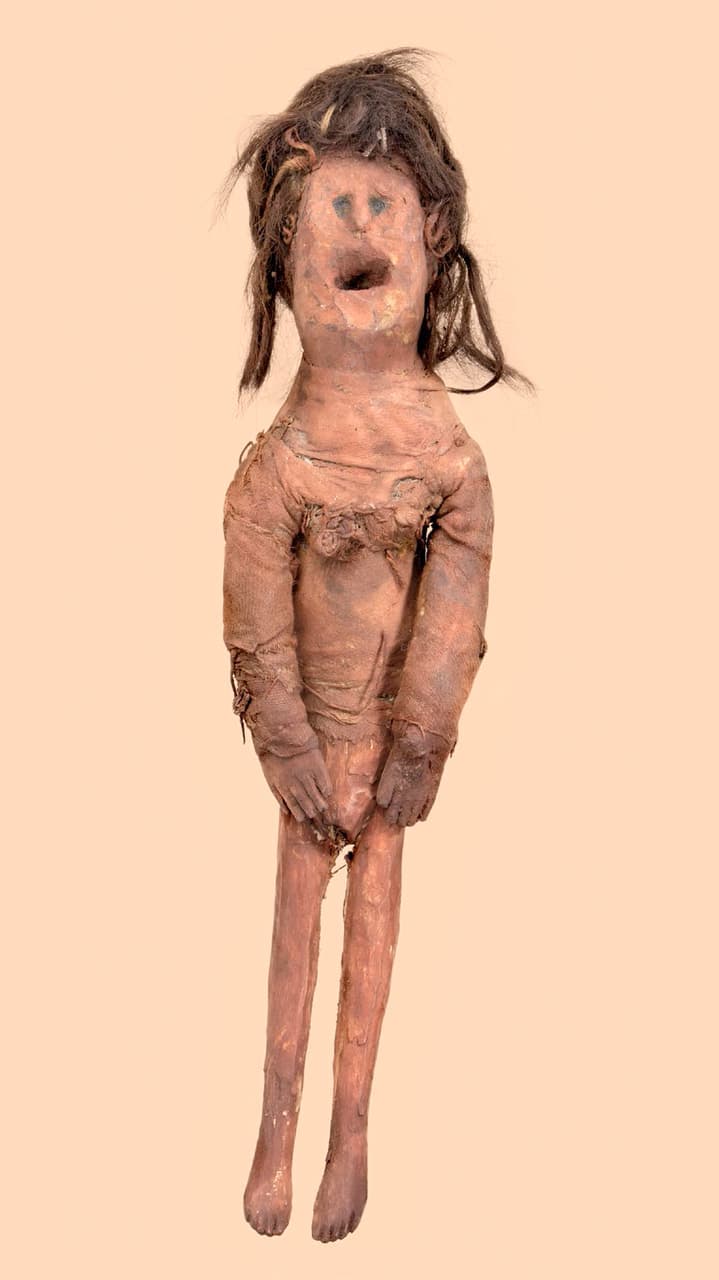
There’s a parallel in the Sennentunschi story to the Czech legend of a childless couple adopting a log, which comes to life, which served as the basis for the 2000 film, Little Otik, by stop-motion master director Jan Švankmajer (We hear a clip from this too).
The show closes with a look at an unlikely connection between our topic and Alvin Schwartz’s juvenile folklore classic Scary Stories to Tell in the Dark and a tragic tail connected to the 1940 production of Pinocchio featuring the artist formerly known as Ukulele Ike,
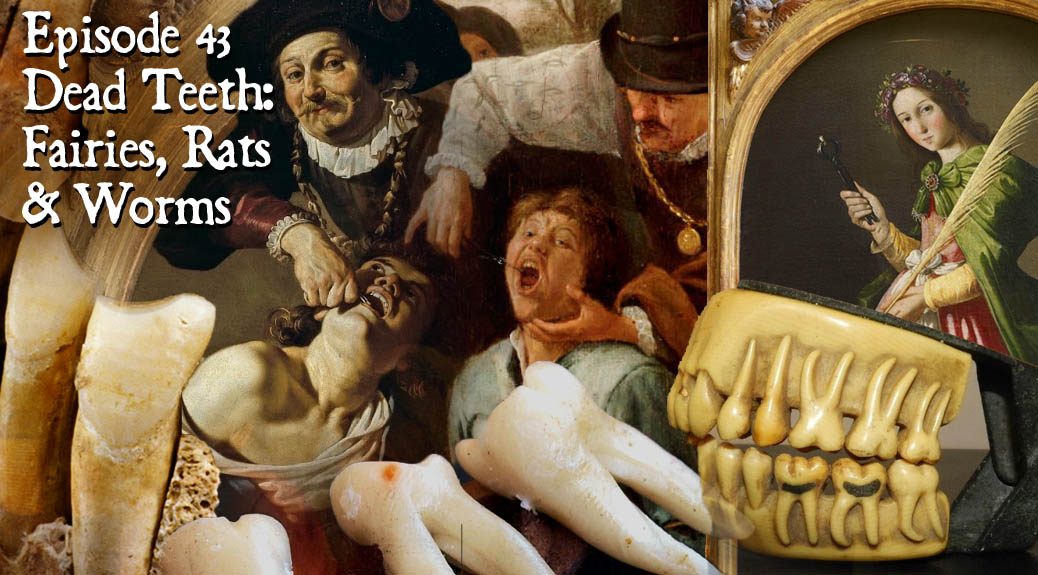

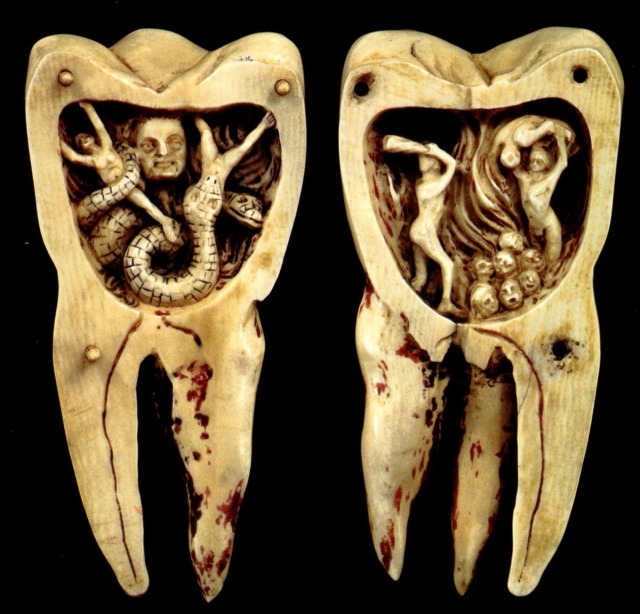
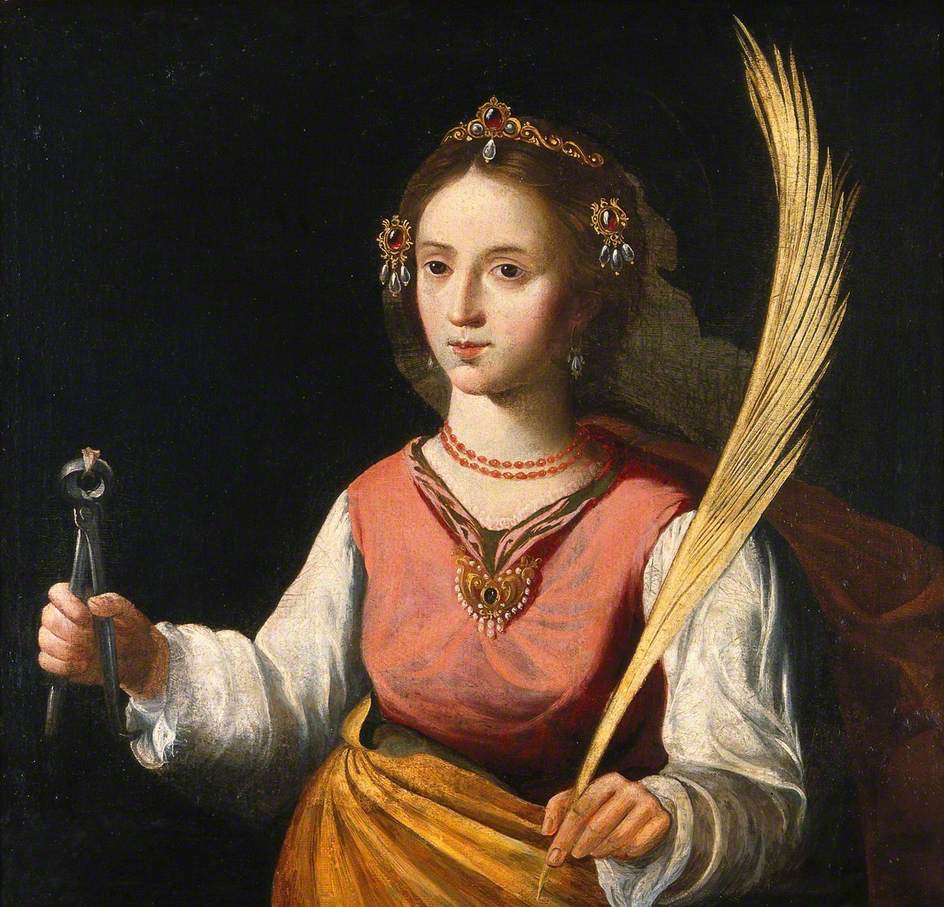
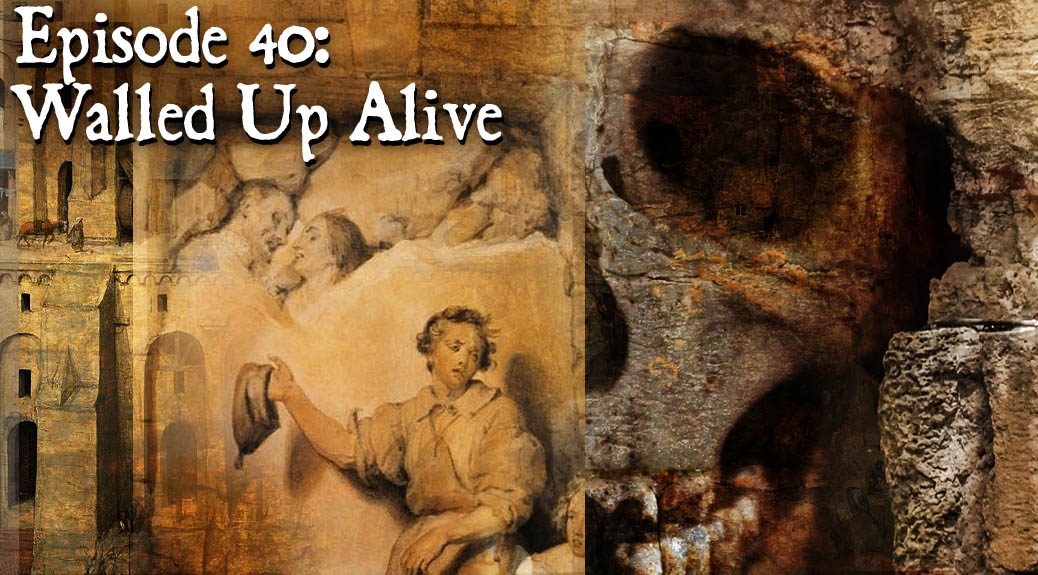
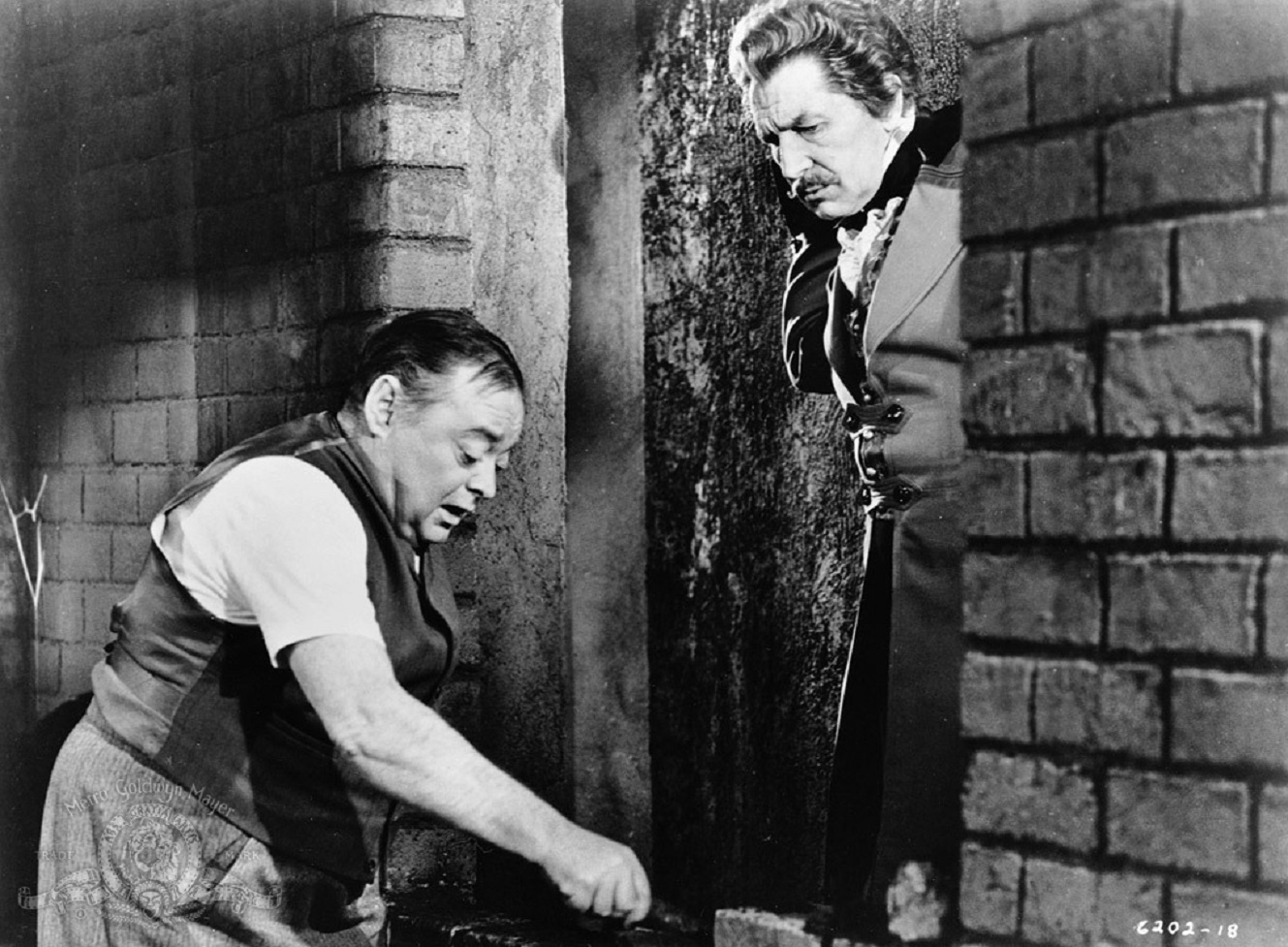

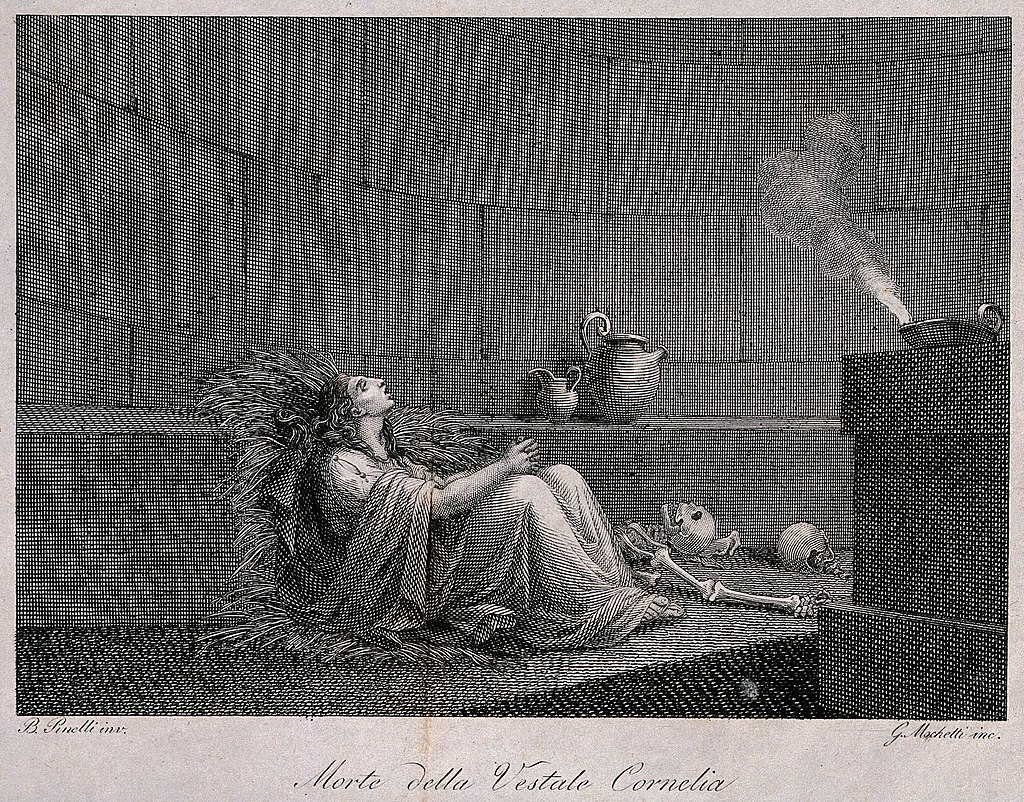
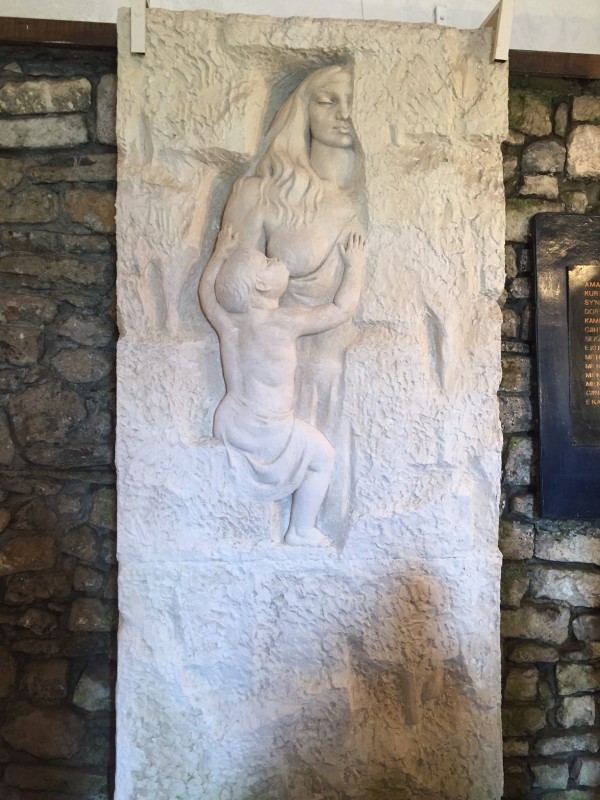
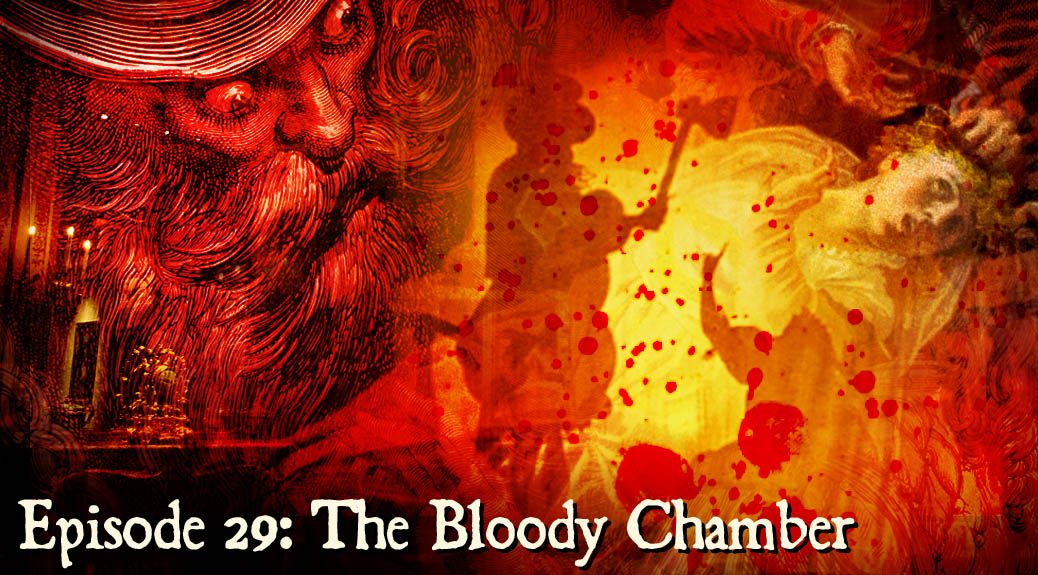
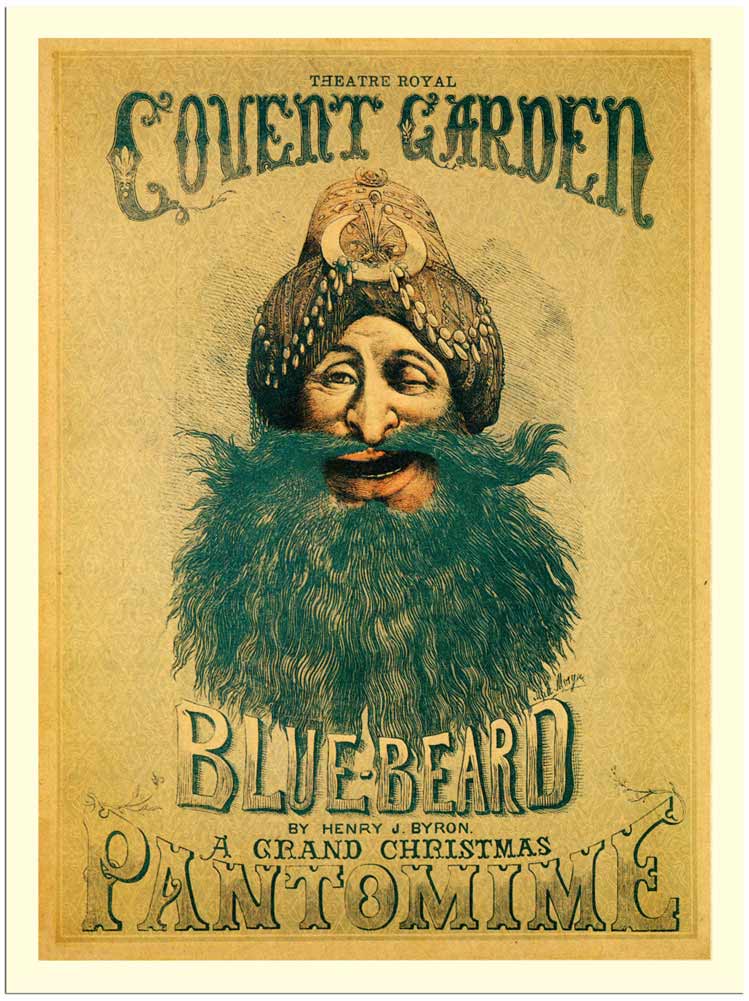
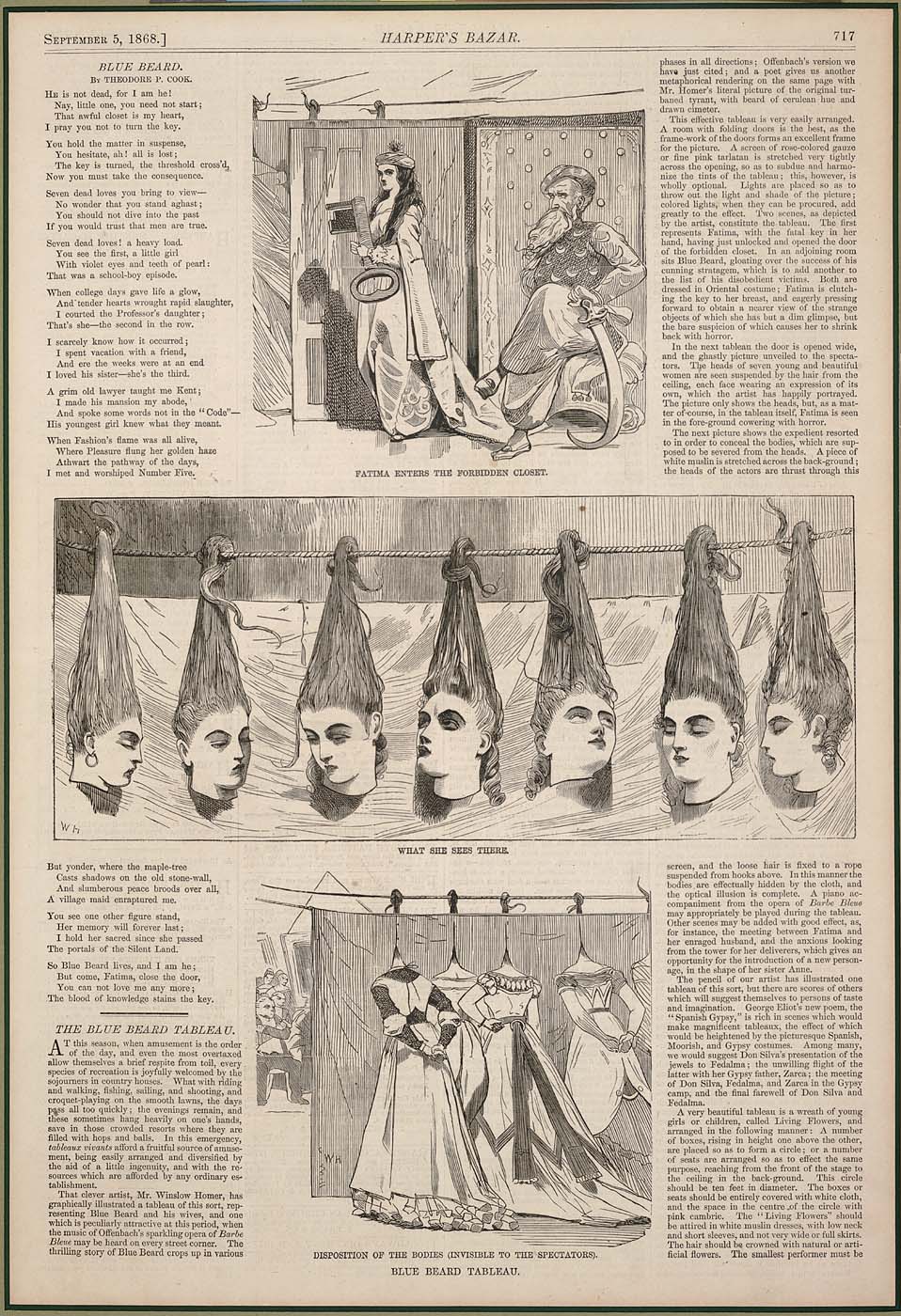
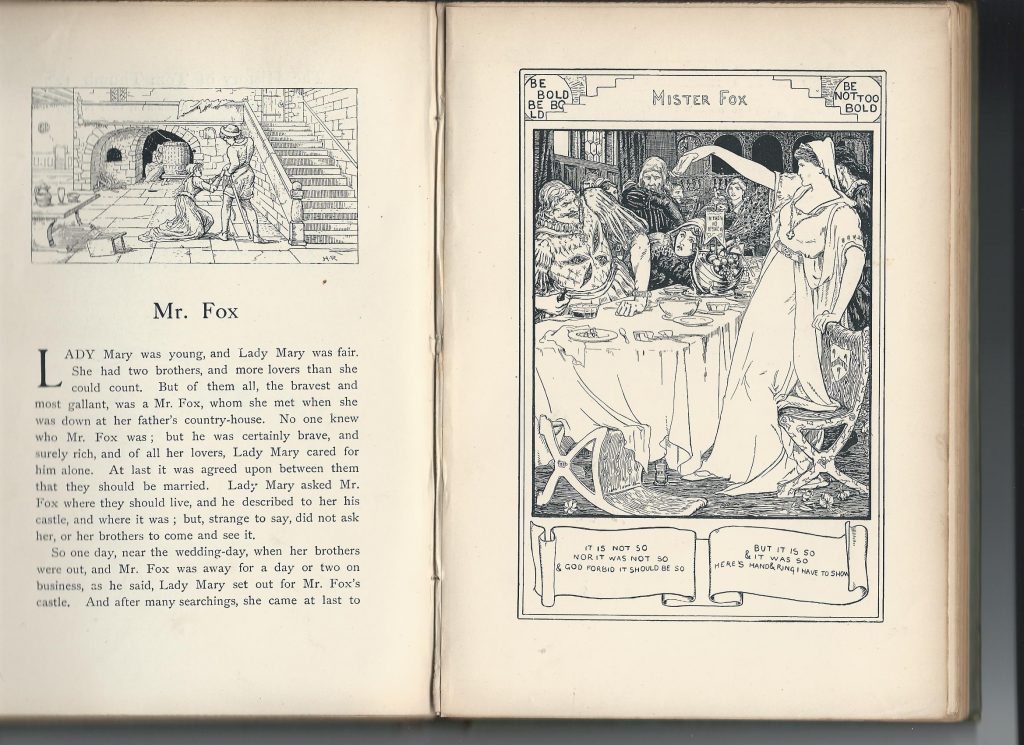
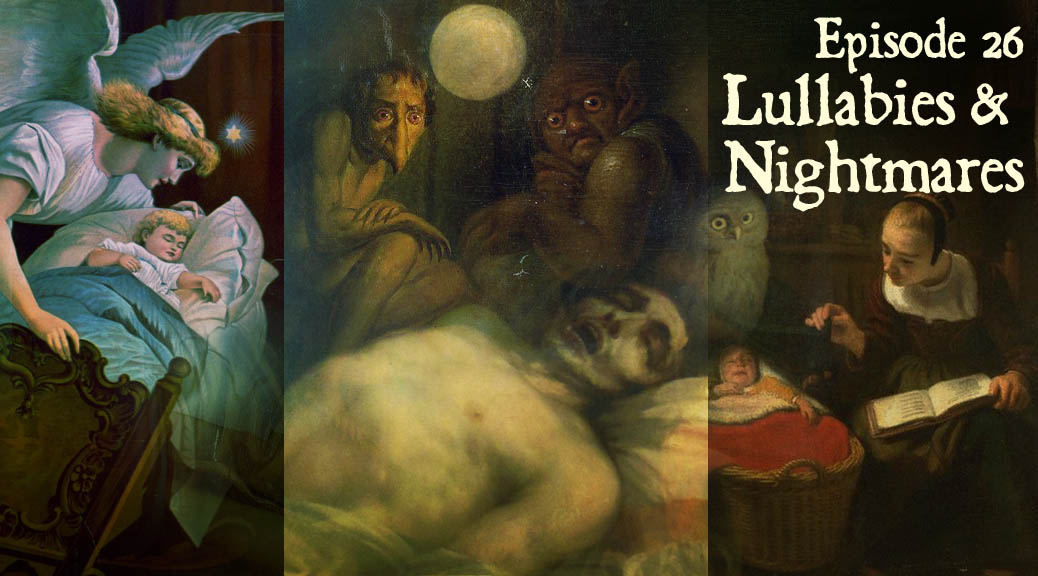

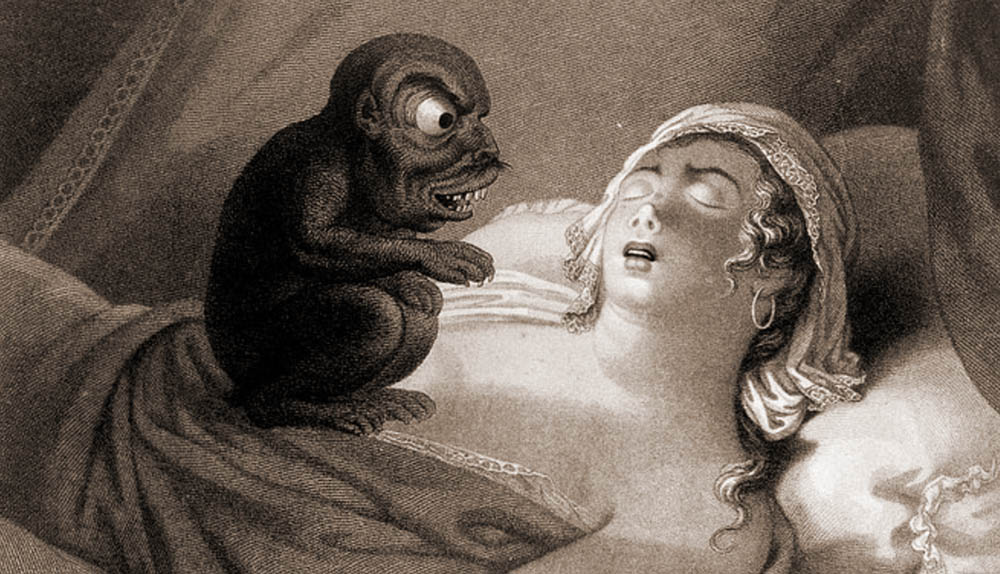
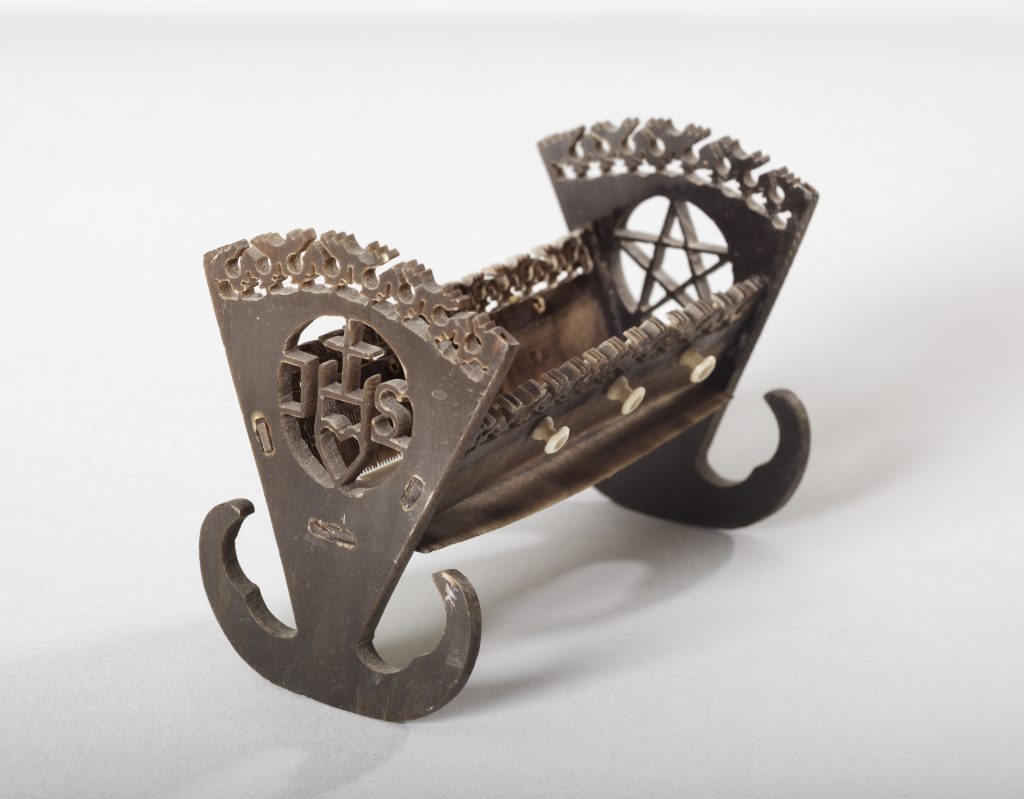
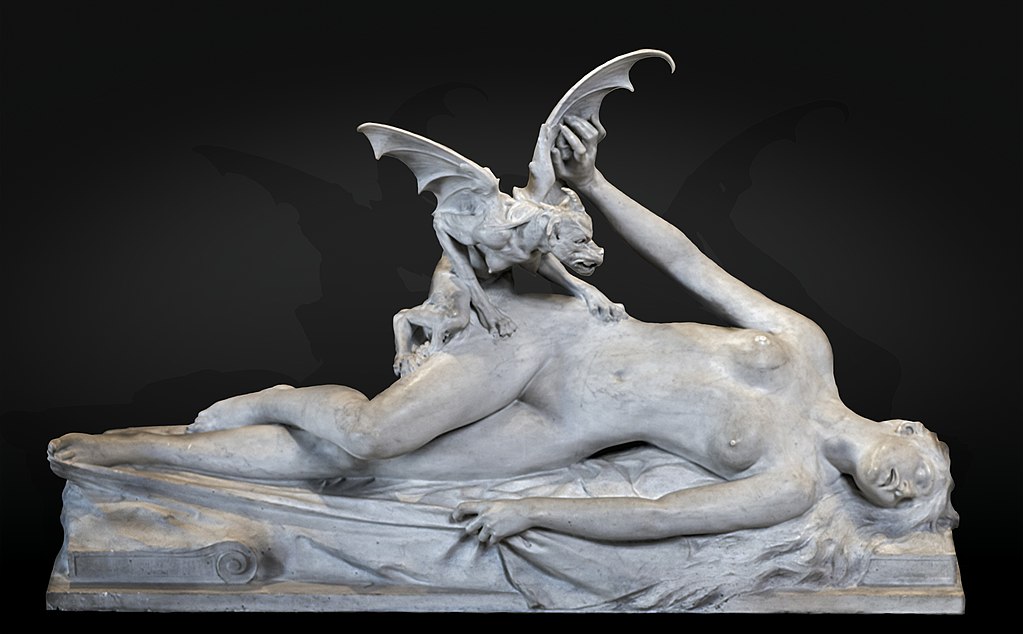
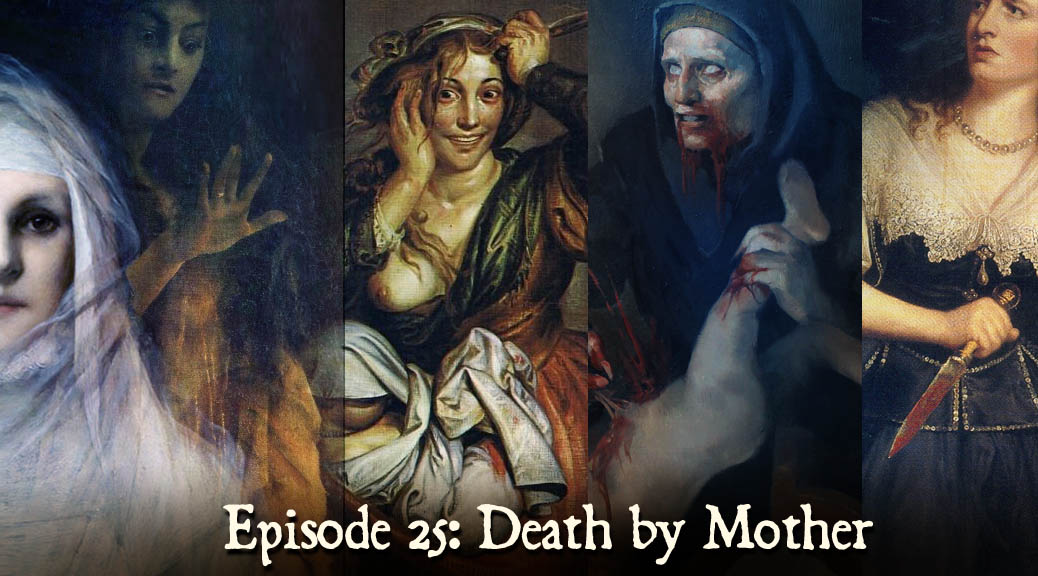
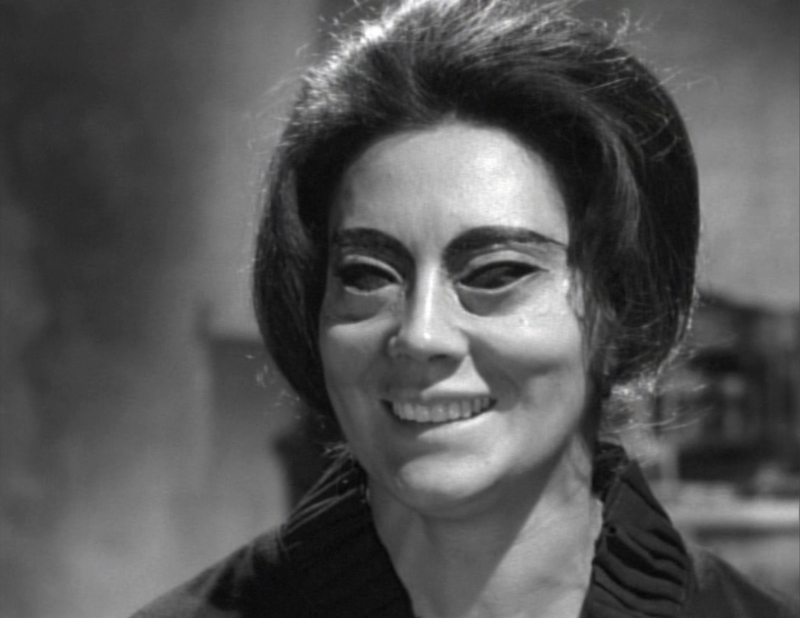
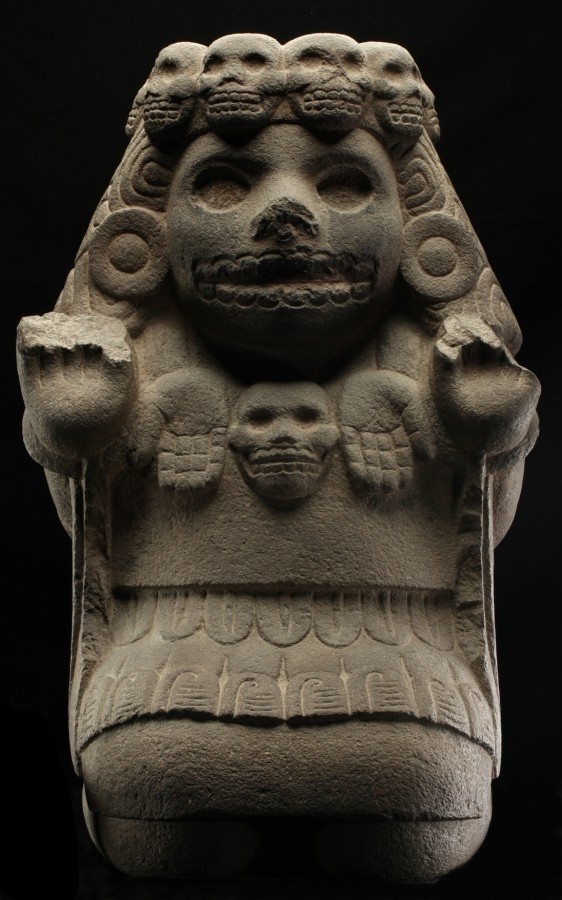
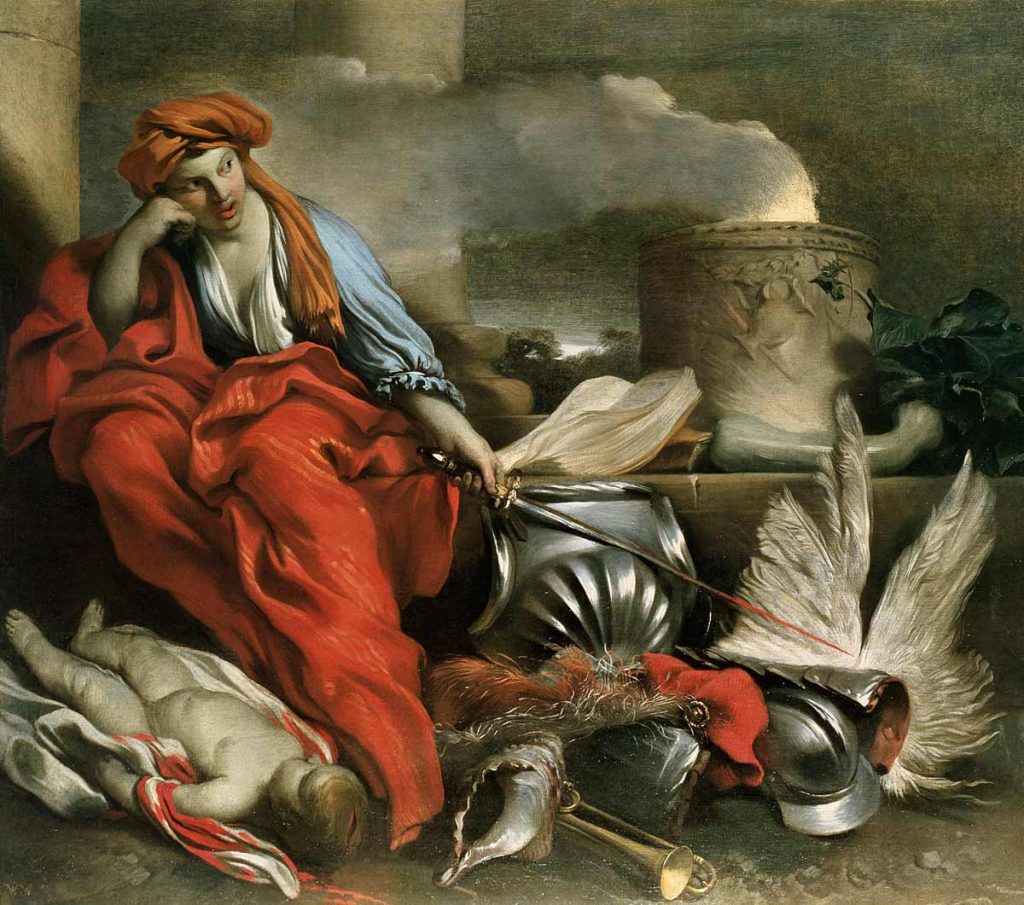
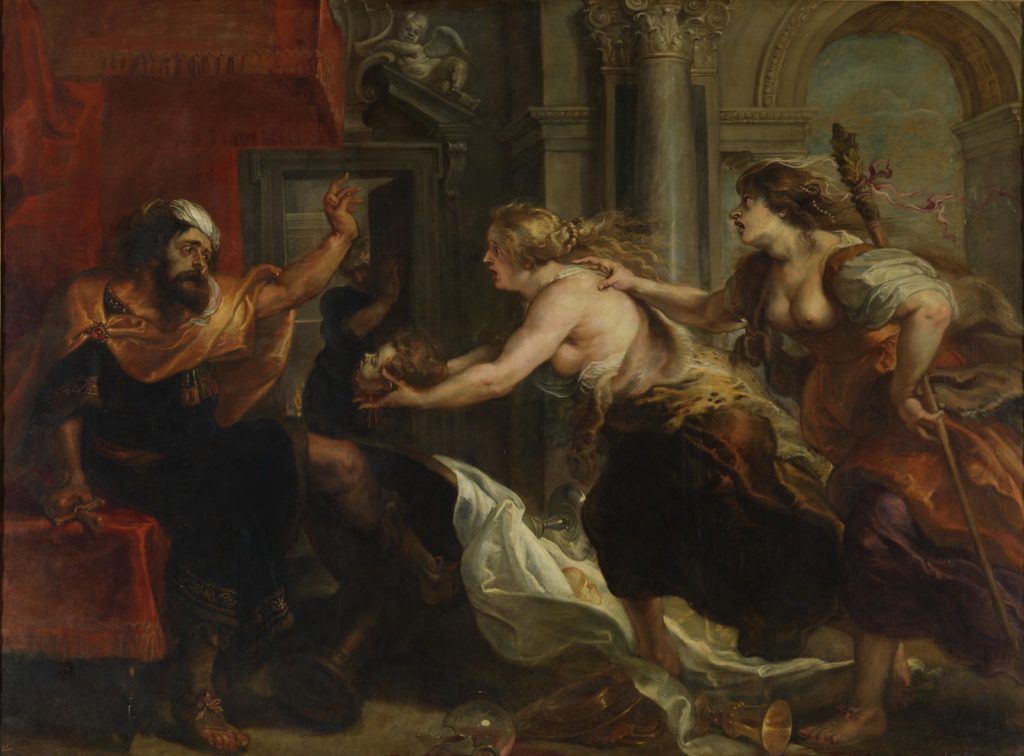
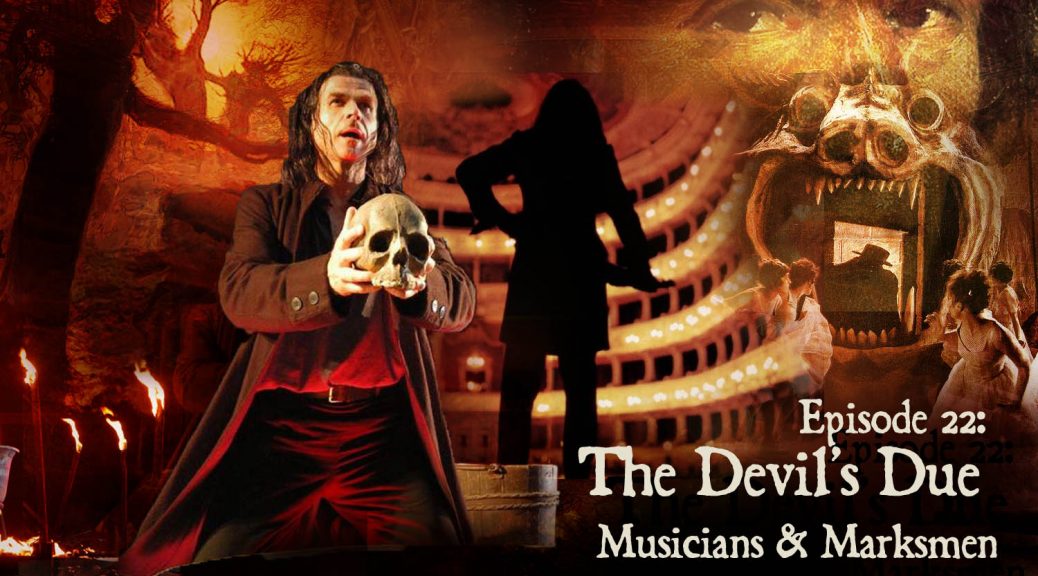
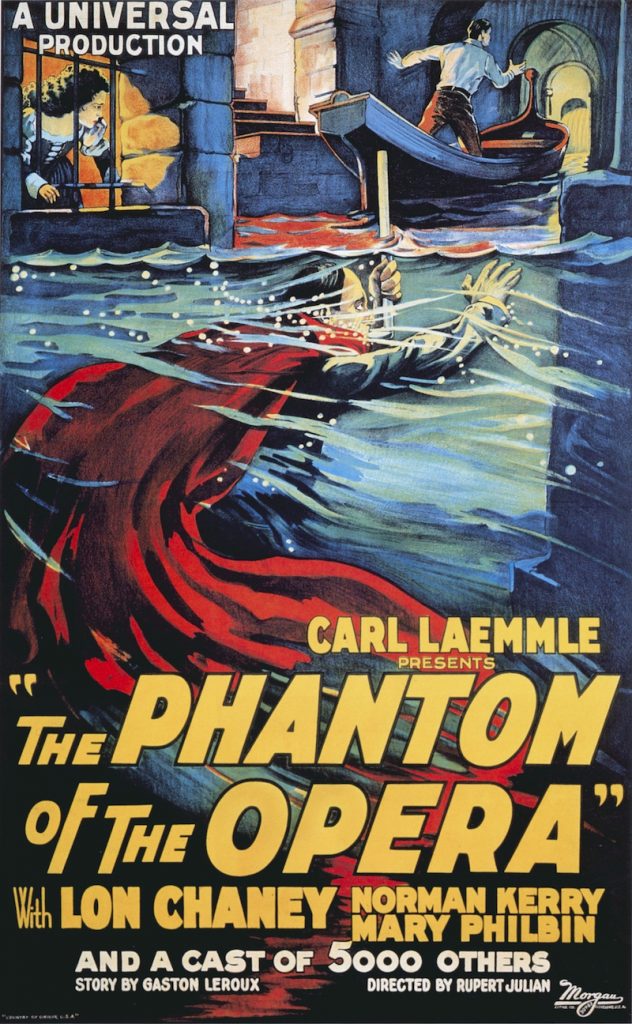

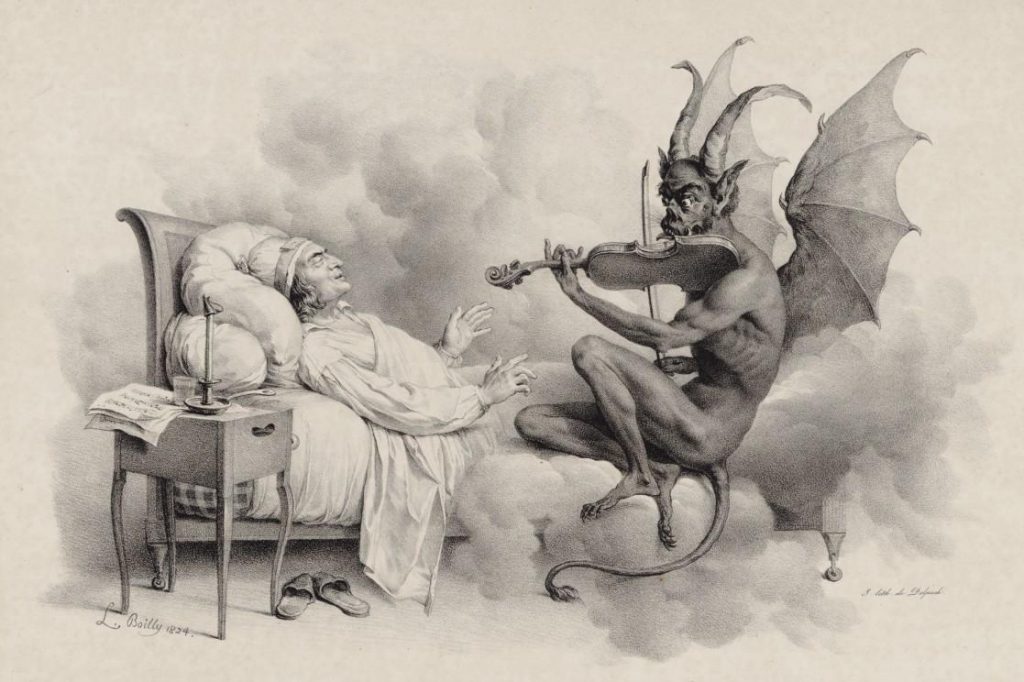
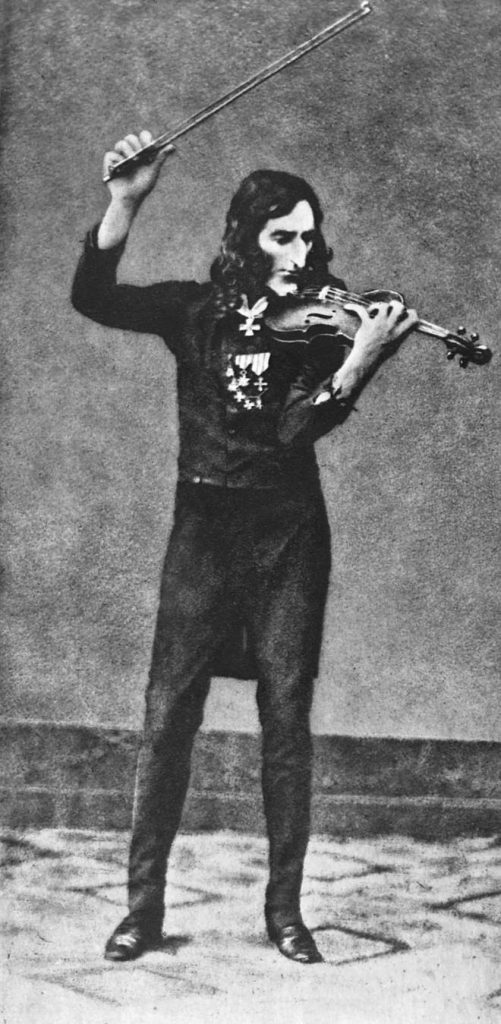
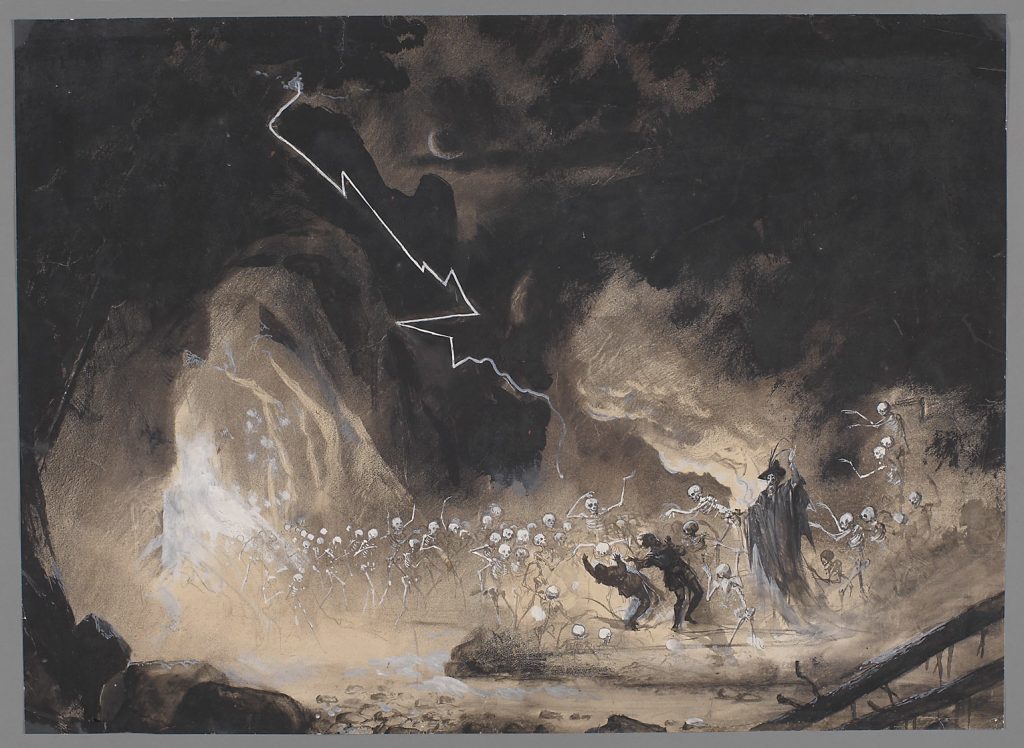
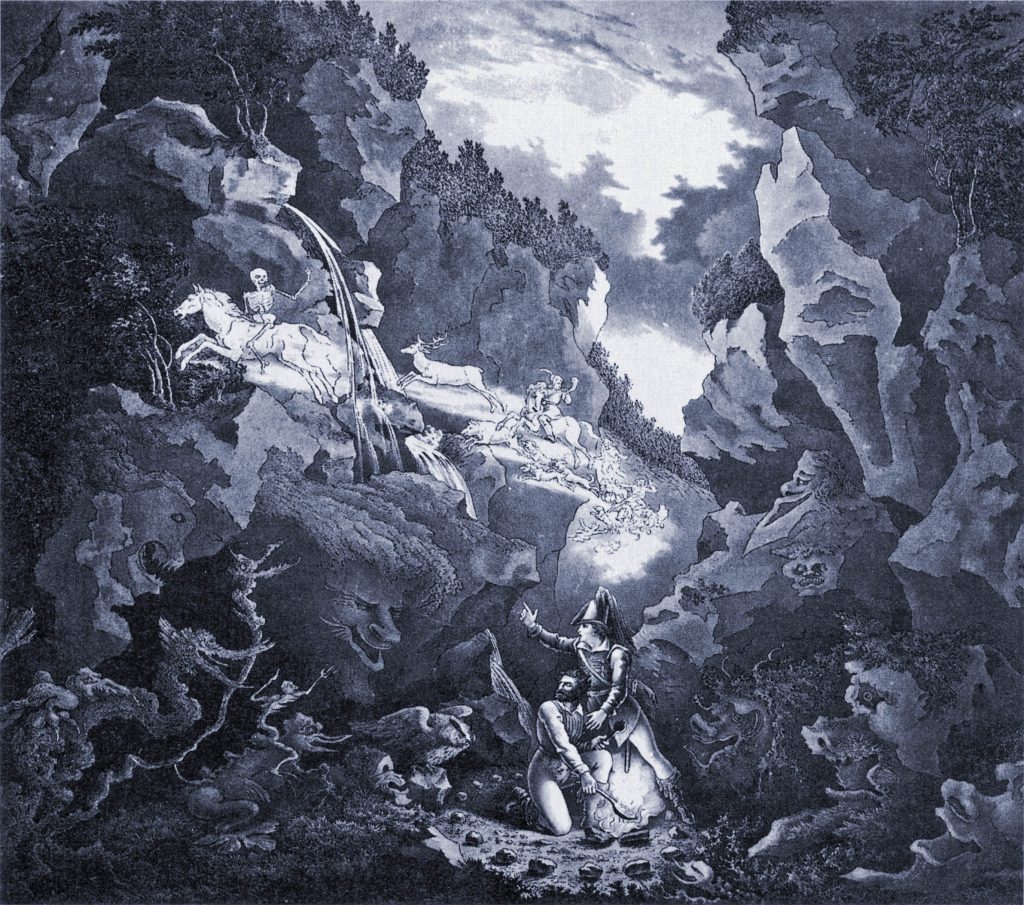
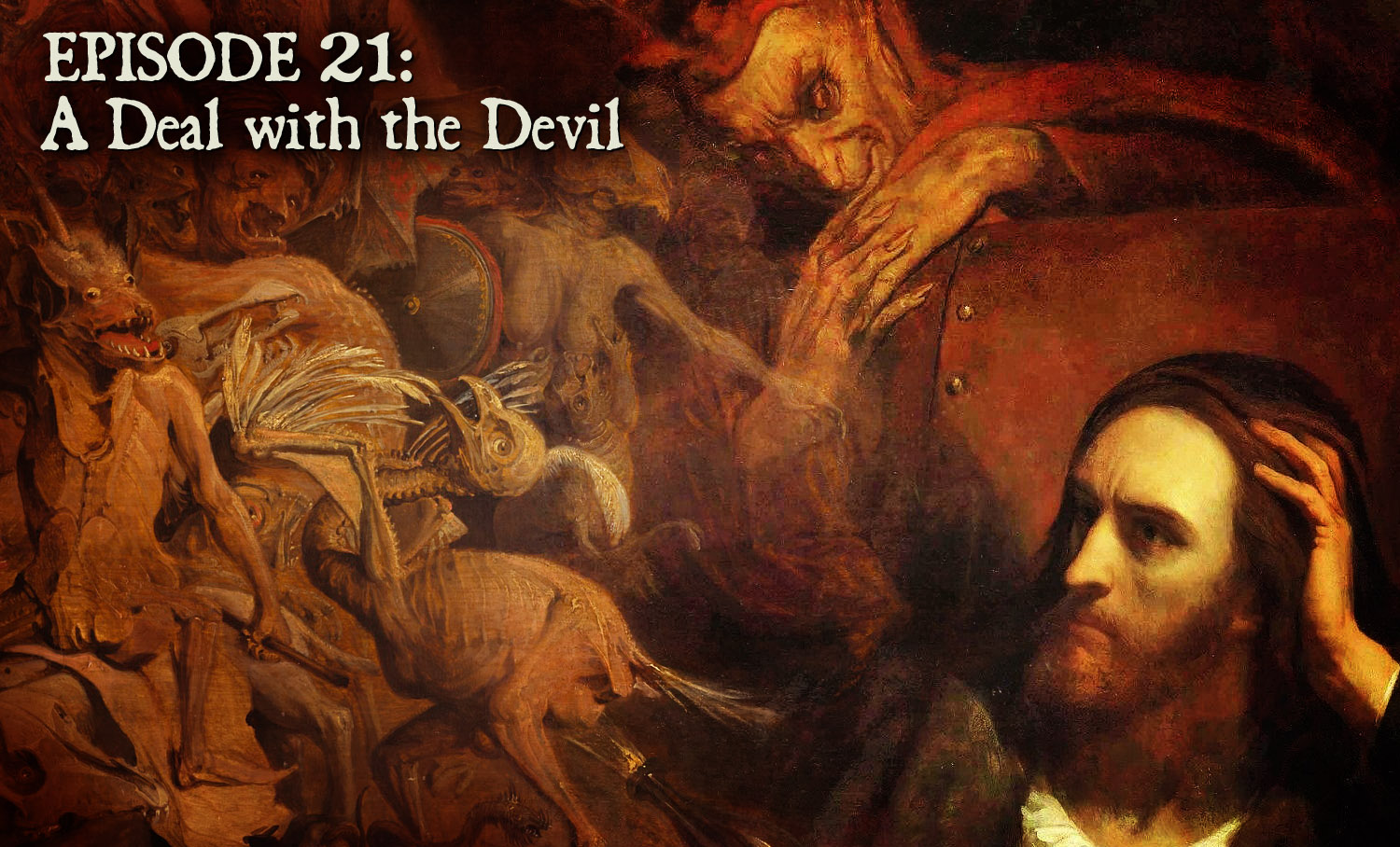
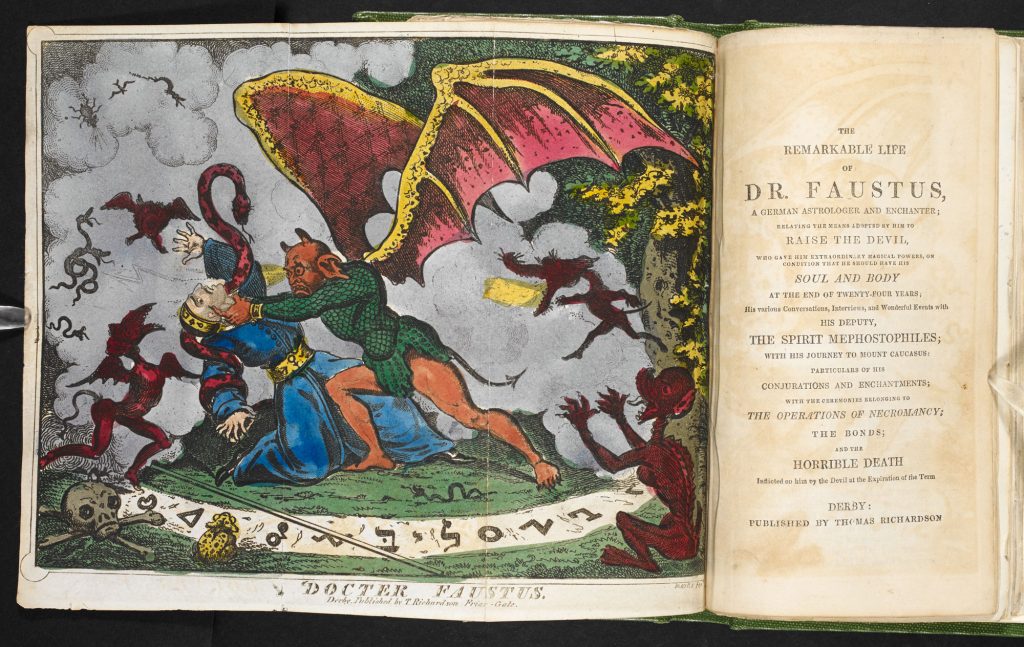
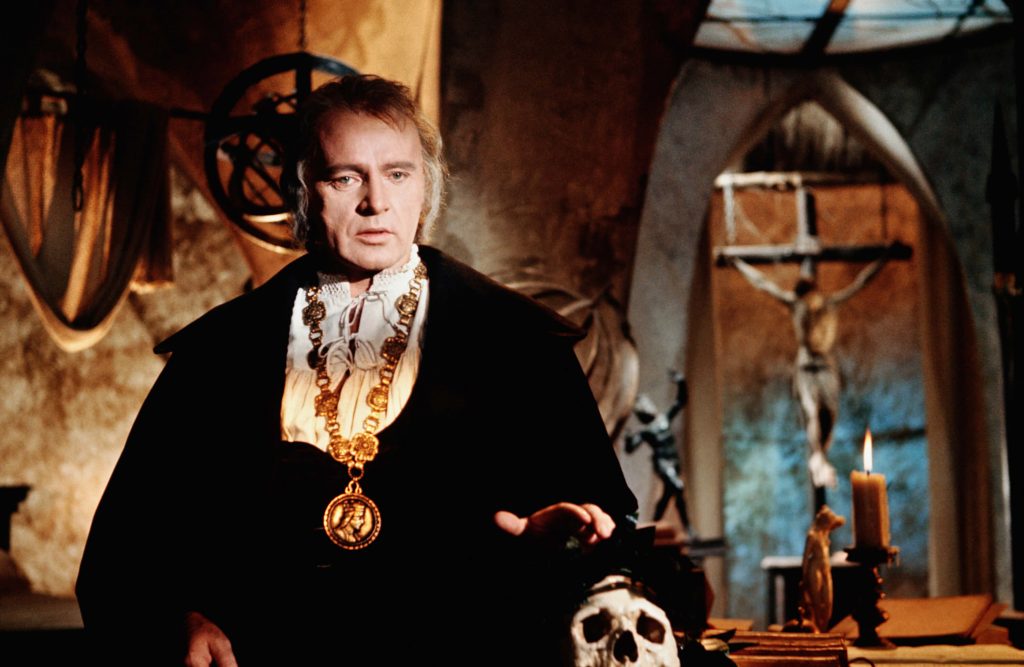
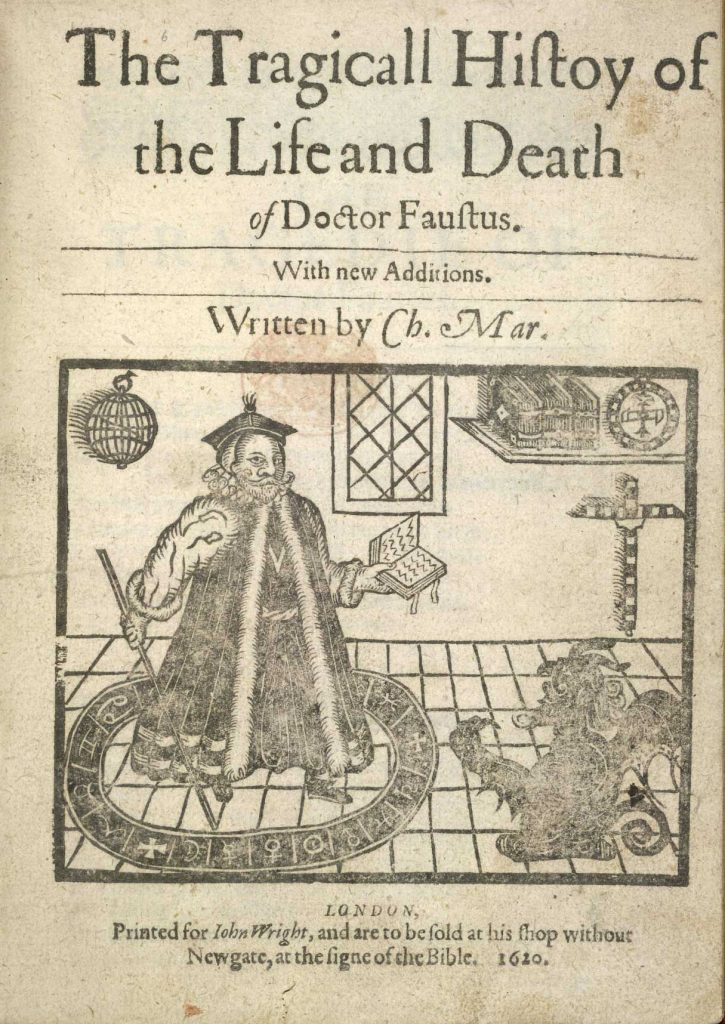
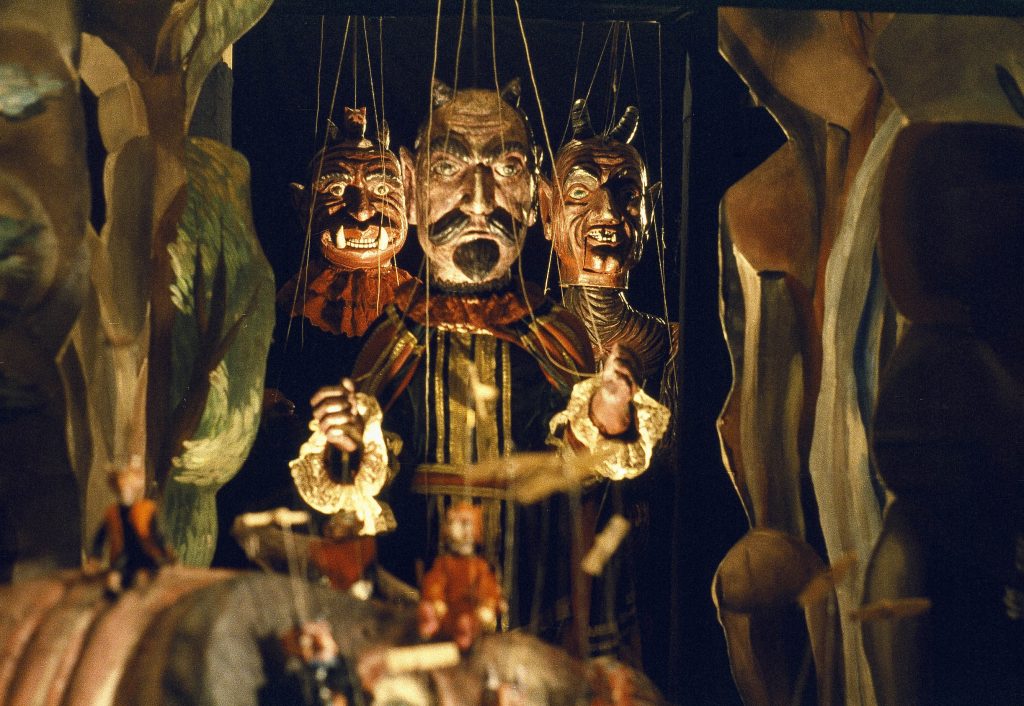
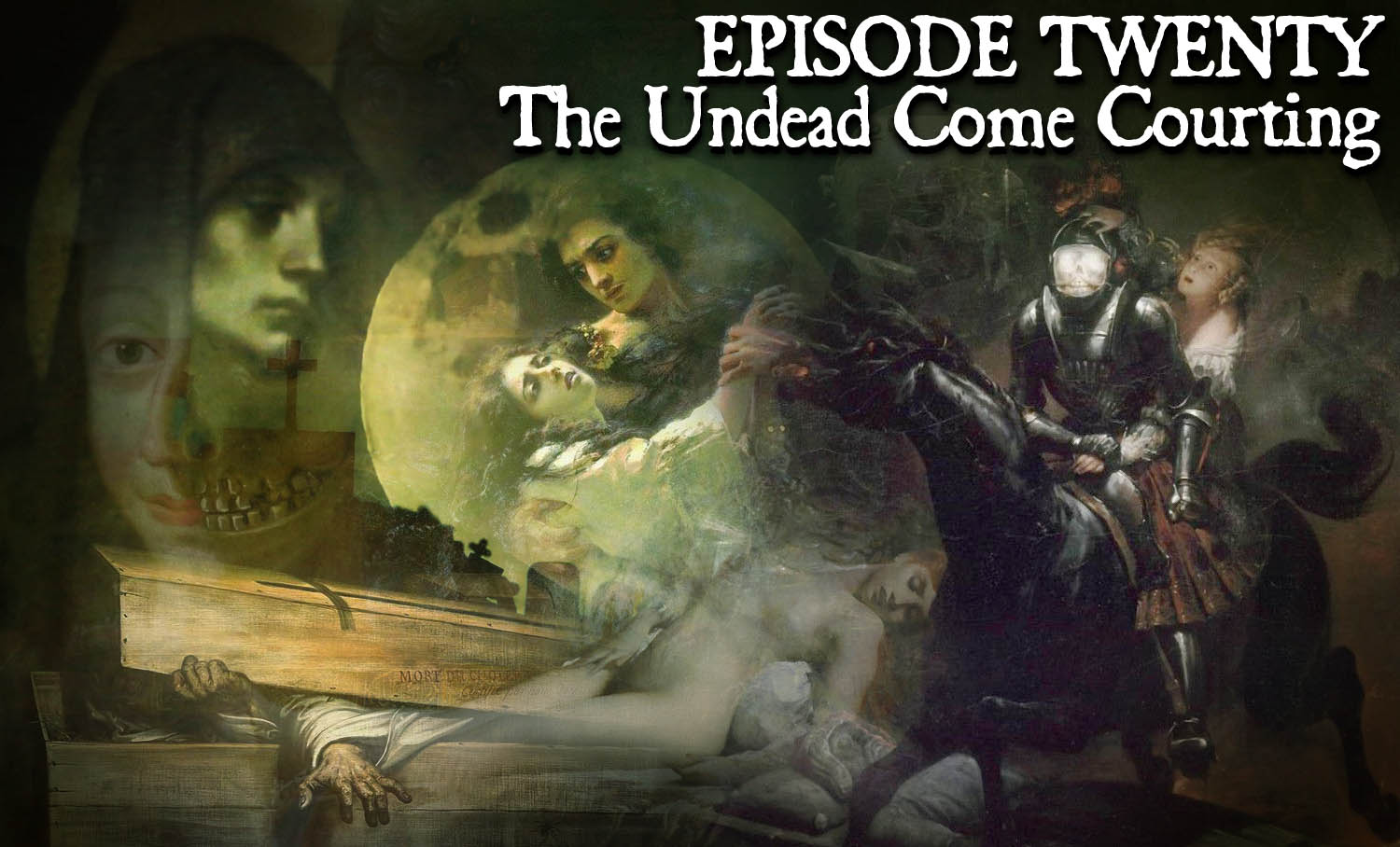
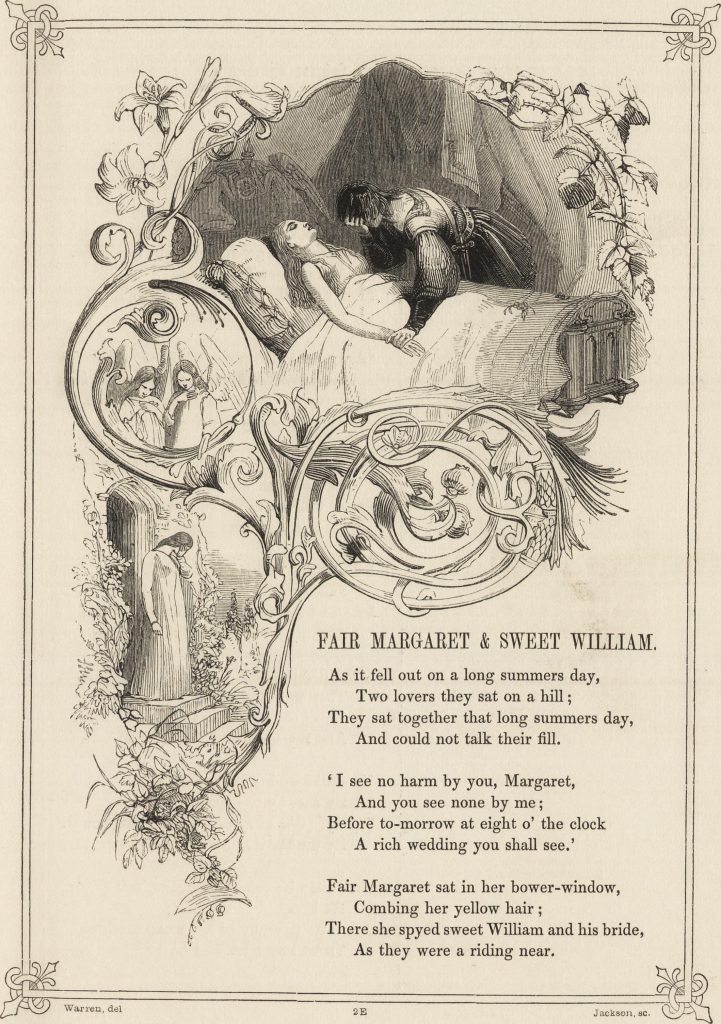
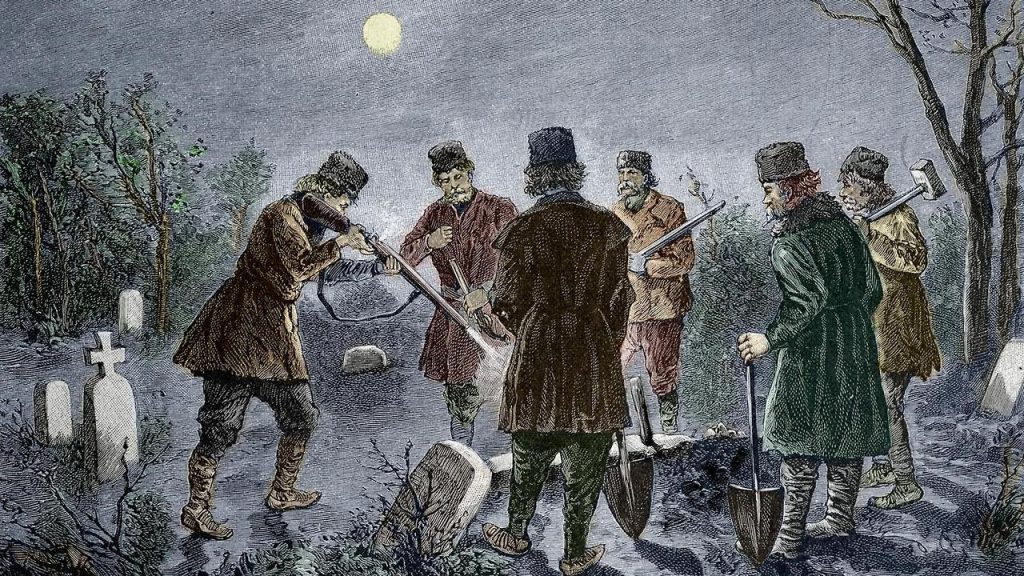
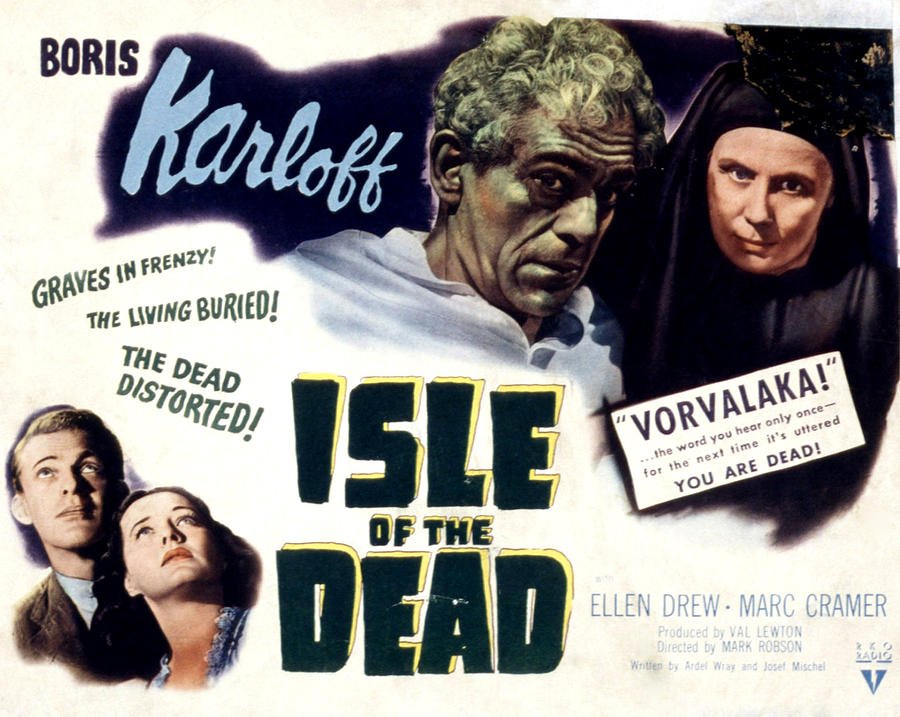 Byron’s contribution to Gothic literature (as host to Mary Shelley during her early writing of Frankenstein) is illustrated with another snippet from Ken Russel’s cinematic work, his 1986 film
Byron’s contribution to Gothic literature (as host to Mary Shelley during her early writing of Frankenstein) is illustrated with another snippet from Ken Russel’s cinematic work, his 1986 film 